Exhibition dates: 24th June – 7th October 2022
Sibylle Bergemann (German, 1941-2010)
Schöneweide, Berlin
1972, printed c. 1972
Gelatin silver print
22.8 x 34cm
© Nachlass Sibylle Bergemann; Ostkreuz / Courtesy Kicken Berlin
This exhibition finishes tomorrow, Friday 7th October 2022.
I adore the small intimacies and dark German noir of the early 1970s – 1980s photographs of East Berlin and New York – papier-mâché models dancing, shop windows, desolate buildings, bound statues, ballroom encounters and alienated human beings. The photographs have a very pared back aesthetic, a very cool hands off, socialist feel to them.
Masks upon masks upon masks and hostile glances. People lonely, unhappy and isolated, rushing for work with nary a thought for each other. And then the ecstasy and fear of Mauerpark, Berlin (1996, below).
Taking the position of a slightly aloof observer, Bergemann’s urban landscapes and street scenes bare melancholy and beauty. The poetics of the everyday.
Dr Marcus Bunyan
Many thankx to Kicken Berlin for allowing me to publish the photographs in this post. Please click on the photographs for a larger version of the image.
Sibylle Bergemann (German, 1941-2010)
Untitled (Mitte)
1968, printed c. 1968
Gelatin silver print
26.5 x 17.8 cm
© Nachlass Sibylle Bergemann; Ostkreuz / Courtesy Kicken Berlin
Sibylle Bergemann (German, 1941-2010)
Katharina Thalbach, Berlin
1973, early print
Gelatin silver print
38.6 x 26cm
© Nachlass Sibylle Bergemann; Ostkreuz / Courtesy Kicken Berlin
Katharina Thalbach (German, actually Katharina Joachim genannt Thalbach, born 19 January 1954) is a German actress and stage director. She played theatre at the Berliner Ensemble and at the Volksbühne Berlin, and was actress in the film The Tin Drum. She worked as a theatre and opera director.
Sibylle Bergemann (German, 1941-2010)
Berlin
1975, printed c. 1975
Gelatin silver print
29.1 x 20cm
© Nachlass Sibylle Bergemann; Ostkreuz / Courtesy Kicken Berlin
Installation view of the exhibition Sheroes of Photography Part IV: Sibylle Bergemann at Kicken Berlin showing at left, Bergemann’s Kirsten, Hoppenrade (1975, below)
Sibylle Bergemann (German, 1941-2010)
Kirsten, Hoppenrade
1975, posthumous print 2016
Gelatin silver print
29.1 x 43.3cm
© Nachlass Sibylle Bergemann; Ostkreuz / Courtesy Kicken Berlin
Installation view of the exhibition Sheroes of Photography Part IV: Sibylle Bergemann at Kicken Berlin showing photographs from Sibylle Bergemann’s Clärchens Ballhaus (1976, some photographs below)
Sibylle Bergemann (German, 1941-2010)
Untitled
1976, early print
From the series Clärchens Ballhaus
Gelatin silver print
17 x 23.4cm
© Nachlass Sibylle Bergemann; Ostkreuz / Courtesy Kicken Berlin
Sibylle Bergemann (German, 1941-2010)
Untitled
1976, early print
From the series Clärchens Ballhaus
Gelatin silver print
17.4 x 25.9cm
© Nachlass Sibylle Bergemann; Ostkreuz / Courtesy Kicken Berlin
Sibylle Bergemann (German, 1941-2010)
Untitled
1976, early print
From the series Clärchens Ballhaus
Gelatin silver print
26.1 x 17.6cm
© Nachlass Sibylle Bergemann; Ostkreuz / Courtesy Kicken Berlin
Sibylle Bergemann (German, 1941-2010)
Untitled
1976, early print
From the series Clärchens Ballhaus
Gelatin silver print
17.9 x 25.6cm
© Nachlass Sibylle Bergemann; Ostkreuz / Courtesy Kicken Berlin
Sibylle Bergemann (German, 1941-2010)
Untitled
1976, early print
From the series Clärchens Ballhaus
Gelatin silver print
24.3 x 16.5cm
© Nachlass Sibylle Bergemann; Ostkreuz / Courtesy Kicken Berlin
Sibylle Bergemann (German, 1941-2010)
Untitled
1976, early print
From the series Clärchens Ballhaus
Gelatin silver print
16.4 x 24.2cm
© Nachlass Sibylle Bergemann; Ostkreuz / Courtesy Kicken Berlin
Sibylle Bergemann (German, 1941-2010)
Untitled
1976, early print
From the series Clärchens Ballhaus
Gelatin silver print
25.6 x 17.5cm
© Nachlass Sibylle Bergemann; Ostkreuz / Courtesy Kicken Berlin
Sibylle Bergemann (German, 1941-2010)
Untitled
1976, early print
From the series Clärchens Ballhaus
Gelatin silver print
16.5 x 24.2cm
© Nachlass Sibylle Bergemann; Ostkreuz / Courtesy Kicken Berlin
Sibylle Bergemann (German, 1941-2010)
Untitled
1976, early print
From the series Clärchens Ballhaus
Gelatin silver print
24.3 x 16.5cm
© Nachlass Sibylle Bergemann; Ostkreuz / Courtesy Kicken Berlin
Sibylle Bergemann (German, 1941-2010)
Untitled
1976, early print
From the series Clärchens Ballhaus
Gelatin silver print
16.6 x 24.2cm
© Nachlass Sibylle Bergemann; Ostkreuz / Courtesy Kicken Berlin
Sibylle Bergemann (German, 1941-2010)
Buchholz, Berlin
1977, printed c. 1977-1979
Gelatin silver print
22.6 x 33.8cm
© Nachlass Sibylle Bergemann; Ostkreuz / Courtesy Kicken Berlin
Clärchens Ballroom
History
Fritz Bühler (1862-1929) and his wife Clara Bühler (1886-1971) opened Bühler’s Ballhaus on September 13, 1913, in the rear building at Auguststrasse 24/25. The house was built around 1895 with two halls: the dance hall on the ground floor and the hall of mirrors on the upper floor. After Fritz Bühler’s death, Clara initially continued to run the dance hall, popularly known as Clärchens Ballhaus after its owner, on her own. In 1932 she married Arthur Habermann (1885-1967), who supported her in her work. The front building was in World War IIdestroyed, but operations resumed after the end of the war. Clärchens Ballhaus always remained a private company during the GDR era. In 1965, after much pressure, the ruins of the former front building were removed, the area is still undeveloped today. From 1967 to 1989 the management of the ballroom went to Clärchen’s stepdaughter Elfriede Wolff (daughter of Arthur Habermann). Then their son Stefan took over the business. After German reunification, Clara Habermann’s biological daughter was granted the property, whose son in turn sold the building in 2003 as the next heir. The new owner, Hans-Joachim Sander, left the family business, which then ceased operations after 91 years.
After the previous operators left the Ballhaus on New Year’s Eve 2004, Christian Schulz and David Regehr took over the location and left it largely unchanged. Since then, the space in front of the Ballhaus has also been managed, where the front building stood before the Second World War. The hall of mirrors on the upper floor, which was only used as a storage room for years, has since been used as an event room.
In the summer of 2018 the house was bought by Yoram Roth. He chose the Berlin catering company Berlin Cuisine Jensen GmbH as a partner for the construction of a new restaurant and as the operator of the location, with which Clärchens Ballhaus reopened in July 2020.
Importance
Clärchen’s ball house is one of the last remaining ball houses from around 1900 in Berlin. During the GDR era, it was known to both East and West Germans as a meeting place. In the media it was repeatedly represented in reports, for example in the film by Wilma Pradetto about the cloakroom operator Günter Schmidtke, in the documentary Edith bei Clärchen ( Andreas Kleinert 1985) or on ZDF . It also served as a filming location for movies Stauffenberg (2004), Inglourious Basterds (2009) and We Do It For Money (2014). In 2019 Max Raabe’s MTV Unplugged concert was recorded in the Ballhaus .
In addition to evening events, dance courses also take place in the Ballhaus.
Text from the Wikipedia website
Sibylle Bergemann (German, 1941-2010)
Volkspark Prenzlauer Berg, Berlin
1978, printed c. 1989
Gelatin silver print
22.8 x 34cm
© Nachlass Sibylle Bergemann; Ostkreuz / Courtesy Kicken Berlin
Installation view of the exhibition Sheroes of Photography Part IV: Sibylle Bergemann at Kicken Berlin showing Bergemann’s Das Denkmal, Gummlin, Usedom, Dezember 1980 (1980, below)
Sibylle Bergemann (German, 1941-2010)
Das Denkmal, Gummlin, Usedom, Dezember 1980 / The Monument, Gummlin, Usedom, December 1980
1980, printed later
Gelatin silver print
36.2 x 53.9cm
© Nachlass Sibylle Bergemann; Ostkreuz / Courtesy Kicken Berlin
Installation view of the exhibition Sheroes of Photography Part IV: Sibylle Bergemann at Kicken Berlin showing at right, Bergemann’s Berlin (Frieda) (1982, below)
Sibylle Bergemann (German, 1941-2010)
Berlin (Frieda)
1982, printed c. 1982
Gelatin silver print
25.3 x 38cm
© Nachlass Sibylle Bergemann; Ostkreuz / Courtesy Kicken Berlin
Installation view of the exhibition Sheroes of Photography Part IV: Sibylle Bergemann at Kicken Berlin showing photographs from Bergemann’s New York series (1984, some photographs from the series below)
Sibylle Bergemann (German, 1941-2010)
Untitled
1984, early print
From the series New York
Gelatin silver print
25.7 x 38cm
© Nachlass Sibylle Bergemann; Ostkreuz / Courtesy Kicken Berlin
Installation view of the exhibition Sheroes of Photography Part IV: Sibylle Bergemann at Kicken Berlin showing photographs from Bergemann’s New York series (1984, some photographs from the series below)
Sibylle Bergemann (German, 1941-2010)
Untitled
1984
From the series New York
Gelatin silver print, early print
29.2 x 44cm
© Nachlass Sibylle Bergemann; Ostkreuz / Courtesy Kicken Berlin
Sibylle Bergemann (German, 1941-2010)
Untitled
1984, early print
From the series New York
Gelatin silver print
25.7 x 38.5cm
© Nachlass Sibylle Bergemann; Ostkreuz / Courtesy Kicken Berlin
Sibylle Bergemann (German, 1941-2010)
Untitled
1984, early print
From the series New York
Gelatin silver print
30.5 x 45.6cm
© Nachlass Sibylle Bergemann; Ostkreuz / Courtesy Kicken Berlin
Sibylle Bergemann (German, 1941-2010)
Untitled
1984, early print
From the series New York
Gelatin silver print
29.7 x 44.5cm
© Nachlass Sibylle Bergemann; Ostkreuz / Courtesy Kicken Berlin
Sibylle Bergemann (German, 1941-2010)
Union Square
1984, early print
From the series New York
Gelatin silver print
24.1 x 36.1cm
© Nachlass Sibylle Bergemann; Ostkreuz / Courtesy Kicken Berlin
Sibylle Bergemann (German, 1941-2010)
Untitled
1984, early print
From the series New York
Gelatin silver print
23.9 x 36.4cm
© Nachlass Sibylle Bergemann; Ostkreuz / Courtesy Kicken Berlin
Sibylle Bergemann (German, 1941-2010)
Untitled
1984, early print
From the series New York
Gelatin silver print
19.2 x 29cm
© Nachlass Sibylle Bergemann; Ostkreuz / Courtesy Kicken Berlin
Sibylle Bergemann (German, 1941-2010)
Untitled
1984, early print
From the series New York
Gelatin silver print
30.1 x 44.5cm
© Nachlass Sibylle Bergemann; Ostkreuz / Courtesy Kicken Berlin
Sibylle Bergemann (German, 1941-2010)
Untitled
1984, early print
From the series New York
Gelatin silver print
39.4 x 26.4cm
© Nachlass Sibylle Bergemann; Ostkreuz / Courtesy Kicken Berlin
Sibylle Bergemann (German, 1941-2010)
Untitled
1984, early print
From the series New York
Gelatin silver print
23.3 x 34.7cm
© Nachlass Sibylle Bergemann; Ostkreuz / Courtesy Kicken Berlin
Sibylle Bergemann (German, 1941-2010)
Untitled
1984, early print
From the series New York
Gelatin silver print
28.2 x 18.8cm
© Nachlass Sibylle Bergemann; Ostkreuz / Courtesy Kicken Berlin
Installation view of the exhibition Sheroes of Photography Part IV: Sibylle Bergemann at Kicken Berlin showing a photograph from Bergemann’s New York series (1984, below)
Sibylle Bergemann (German, 1941-2010)
Untitled
1984, early print
From the series New York
Gelatin silver print
29 x 19.2cm
© Nachlass Sibylle Bergemann; Ostkreuz / Courtesy Kicken Berlin
As the fourth part of the exhibition series ‘Sheroes of Photography’ started last year and on the occasion of the artist’s comprehensive exhibition this summer at the Berlinische Galerie, Kicken Berlin will be showing a selection of rarely seen series from Sibylle Bergemann’s extensive oeuvre in a cooperation with her estate.
Sibylle Bergemann is considered one of the most important German photographers since the 1970s. Together with her husband, Arno Fischer, she assumed a key position in the GDR’s photo scene and published her works in renowned art and culture journals such as Sibylle, Sonntag and Das Magazin and in book publications. After reunification, she extended her radius to include West German and international commissions. A cofounder of Agentur Ostkreuz in 1990, she helped shape a responsible form of visual journalism. Her photographic essays reflected societal reality without whitewashing it and often moved symbolically beyond. Fashion and portrait photography were on equal footing among her central themes alongside urban landscapes and situative street scenes, just as was the poetics of the everyday. Sibylle Bergemann’s works are held by international museums and collections, including the Museum of Modern Art, New York; Tate Modern, London; Pinakothek der Moderne, Munich; and the Berlinische Galerie.
People and places significantly influenced and inspired Bergemann’s work. In Berlin, her home base, the photographer sought out the quiet places on the city’s edge, rather than the representative center, for both private and commissioned works. Travels to “non-socialist places abroad” were strictly regimented and nearly impossible. “I always had Fernweh,” or a longing for the faraway, Bergemann said reminiscing during a conversation with the Deutsche Börse Photography Foundation. Already in 1984, however, long before the fall of the Wall, she was able to travel to New York and Los Angeles as a member of the Verband Bildender Künstler (Association of Fine Artists).
From the early 1970s, Sibylle Bergemann assumed a position of observer in Berlin, participating in the situation, yet reserved. She had an eye for particular places and people, for unexpected encounters, for the particularities of foreign quotidian scenes, for melancholy and beauty. The transformations and transitory moments of the everyday never failed to draw the photographer’s attention, be it in the GDR, during the transition of reunification, or thereafter. She exposed a poetic and even visionary potential, such as in the series Das Denkmal (The Monument) about the Marx-Engels monument by sculptor Ludwig Engelhardt.
Her sense of nuance within a milieu, a social microcosm, is made visible in the series Clärchens Ballhaus from the 1970s. Another series about women in the working world in the early 1990s will be shown with several select examples for the first time publicly in Kicken Berlin’s exhibition. Women in a large variety of fields – offices, businesses, workshops, in both urban and rural settings, in primary and secondary sectors – stand before the camera to state their position, quite literally. They retain their own space and their own dignity, even when possibly in a state of upheaval.
Observing her foreign and uncertain but also intriguing and new surroundings, Bergemann moved first through the US and later Western Europe and Africa. In Manhattan she adopted a flaneur’s perspective, drifting through the concrete canyons, falling in step with the flow of people. Her images show her affinity to American masters of street photography like Walker Evans and Garry Winogrand and yet retain their own identity. The photographer turns her marvelling, roaming gaze to this Verwunderte Wirklichkeit (Astonished Reality, the title of a book by Bergemann from 1992).
With the faraway travels in the 1990s and new commissions, colour entered Bergemann’s work as a foundational element. In West Africa and on the edges of Western Europe, in Portugal, the photographer explored the feel and shape of local colours, eventually making them into a constitutive feature of her fashion photography. Strong contrasts were as crucial as finely graduated colour scales, both of which sensitively conveyed the genius loci of each place.
Text from the Kicken Berlin website
Biography
Sibylle Bergmann (German, 1941-2010) received a clerical training in East Berlin between 1958 and 1960. She subsequently held a white-collar job. From 1965 to 1967 she worked on the editorial staff of the monthly Das Magazin (The Magazine), where she developed an interest in photography. At this job she first met photographer Arno Fischer in 1966, with whom she lived until her death. He influenced her eventual decision to be an independent photographer, commencing her photographic training with Fischer in 1966. The apartment they shared in Berlin became an intellectual center for the alternative photography community in the GDR. From 1967 on, she worked as a freelance photographer for various magazines, such as for legendary fashion magazine Sibylle, and she became a member of the DIREKT group. In 1990 she became a founding member of Ostkreuz – Agentur der Fotografen (Agency of Photographers) in Berlin, and in 1994 a member of the Academy of the Arts in Berlin. In the 1990s she traveled extensively around the globe to take photos for internationally renowned magazines. Bergemann’s photographs focus on quiet, atmospheric moments, not on strong symbols or grand gestures. She sidestepped the prohibited ideas by opting for fashion photography and everyday shots of her immediate surroundings.
Press release from the Kicken Berlin website
Sibylle Bergemann (German, 1941-2010)
Marisa and Liane, Sellin, Isle of Rügen
1981
Gelatin silver print, printed 1981
33.7 x 22.6cm
© Nachlass Sibylle Bergemann; Ostkreuz / Courtesy Kicken Berlin
Sibylle Bergemann (German, 1941-2010)
Annette and Angela, Lustgarten, Berlin
1982
Gelatin silver print
42.3 x 28.3 cm
© Nachlass Sibylle Bergemann; Ostkreuz / Courtesy Kicken Berlin
Installation view of the exhibition Sheroes of Photography Part IV: Sibylle Bergemann at Kicken Berlin showing Bergemann’s Das Denkmal (Berlin, Februar 1986) (1986, below)
Sibylle Bergemann (German, 1941-2010)
Das Denkmal (Berlin, Februar 1986) / The Monument (Berlin, February 1986)
1986, early print
Gelatin silver print
38.1 x 53.9cm
© Nachlass Sibylle Bergemann; Ostkreuz / Courtesy Kicken Berlin
Installation view of the exhibition Sheroes of Photography Part IV: Sibylle Bergemann at Kicken Berlin showing at left, photographs from Bergemann’s Workplace series (various dates, see below); and at right, Bergemann’s Berlin (Frieda) (1982, above)
Installation view of the exhibition Sheroes of Photography Part IV: Sibylle Bergemann at Kicken Berlin showing photographs from Bergemann’s Workplace series (various dates, see below)
Sibylle Bergemann (German, 1941-2010)
Untitled
1990, early print
From the series Workplace
Gelatin silver print
37 x 25cm
© Nachlass Sibylle Bergemann; Ostkreuz / Courtesy Kicken Berlin
Sibylle Bergemann (German, 1941-2010)
Benedite Leuwarda, Hamburg
1994, printed c. 1994
From the series Workplace
Gelatin silver print
38 x 25.6cm
© Nachlass Sibylle Bergemann; Ostkreuz / Courtesy Kicken Berlin
Sibylle Bergemann (German, 1941-2010)
Telekom, Dortmund
1990, early print
From the series Workplace
Gelatin silver print
37 x 24.5cm
© Nachlass Sibylle Bergemann; Ostkreuz / Courtesy Kicken Berlin
Sibylle Bergemann (German, 1941-2010)
Oderberger Straße, Berlin
1990, printed c. 1990
Gelatin silver print
25.1 x 16.2cm
© Nachlass Sibylle Bergemann; Ostkreuz / Courtesy Kick
Installation view of the exhibition Sheroes of Photography Part IV: Sibylle Bergemann at Kicken Berlin showing Bergemann’s Frieda, New York (1991, below)
Sibylle Bergemann (German, 1941-2010)
Frieda, New York
1991, printed c. 1991
Gelatin silver print
24.7 x 38cm
© Nachlass Sibylle Bergemann; Ostkreuz / Courtesy Kicken Berlin
Installation view of the exhibition Sheroes of Photography Part IV: Sibylle Bergemann at Kicken Berlin showing Bergemann’s Lily, Berlin (1996, below)
Sibylle Bergemann (German, 1941-2010)
Lily, Berlin
1996, printed c. 1996
Gelatin silver print
27.9 x 41.2cm
© Nachlass Sibylle Bergemann; Ostkreuz / Courtesy Kicken Berlin
Sibylle Bergemann (German, 1941-2010)
Mauerpark, Berlin
1996
Gelatin silver print
© Nachlass Sibylle Bergemann; Ostkreuz / Courtesy Kicken Berlin
Installation view of the exhibition Sheroes of Photography Part IV: Sibylle Bergemann at Kicken Berlin showing at left, Bergemann’s Dakar (2001, below); at centre, Bergemann’s Raky, Dakar (2001, below); and at right, Bergemann’s Shibam, Jemen (1999, below)
Sibylle Bergemann (German, 1941-2010)
Dakar
2001, printed c. 2001
C-print
43.9 x 32.1cm
© Nachlass Sibylle Bergemann; Ostkreuz / Courtesy Kicken Berlin
Sibylle Bergemann (German, 1941-2010)
Raky, Dakar
2001, printed c. 2001
C-print
43.7 x 32cm
© Nachlass Sibylle Bergemann; Ostkreuz / Courtesy Kicken Berlin
Sibylle Bergemann (German, 1941-2010)
Shibam, Jemen
1999, printed c. 1999
C-print
44 x 32cm
© Nachlass Sibylle Bergemann; Ostkreuz / Courtesy Kicken Berlin
Sibylle Bergemann (German, 1941-2010)
Seynabou, Dakar
2001, printed c. 2001
C-print
32,1 x 43.8cm
© Nachlass Sibylle Bergemann; Ostkreuz / Courtesy Kicken Berlin
Sibylle Bergemann (German, 1941-2010)
Dakar
2001, printed c. 2001
C-print
© Nachlass Sibylle Bergemann; Ostkreuz / Courtesy Kicken Berlin
Sibylle Bergemann (German, 1941-2010)
Cheick, Dakar
2001, printed c. 2001
C-print
43.8 x 31.8cm
© Nachlass Sibylle Bergemann; Ostkreuz / Courtesy Kicken Berlin
Sibylle Bergemann (German, 1941-2010)
Mad, Dakar
2001, printed c. 2001
C-print
43.9 x 32.1cm
© Nachlass Sibylle Bergemann; Ostkreuz / Courtesy Kicken Berlin
Sibylle Bergemann (German, 1941-2010)
Raky, Dakar
2001, printed c. 2001
C-print
43.7 x 32.2cm
© Nachlass Sibylle Bergemann; Ostkreuz / Courtesy Kicken Berlin
Kicken Berlin
Kaiserdamm 118
14057 Berlin
Tuesday – Friday 2 – 6pm & by appointment

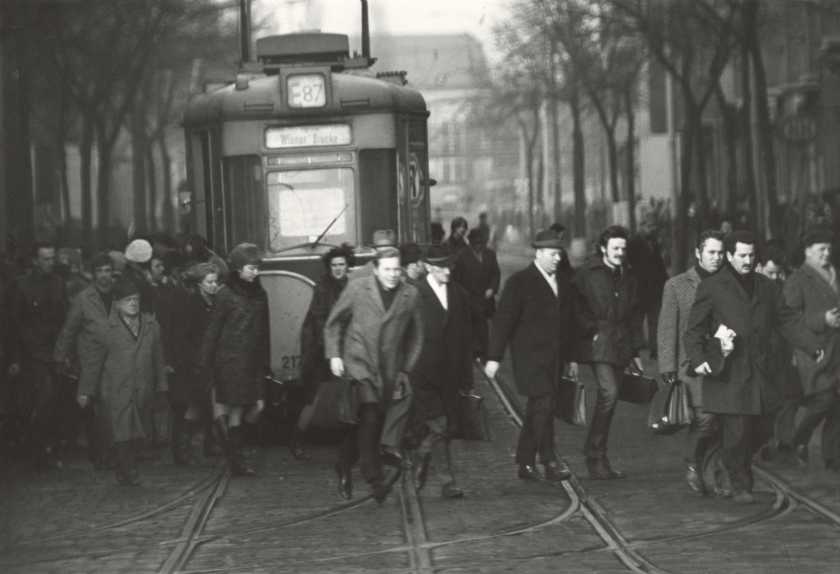
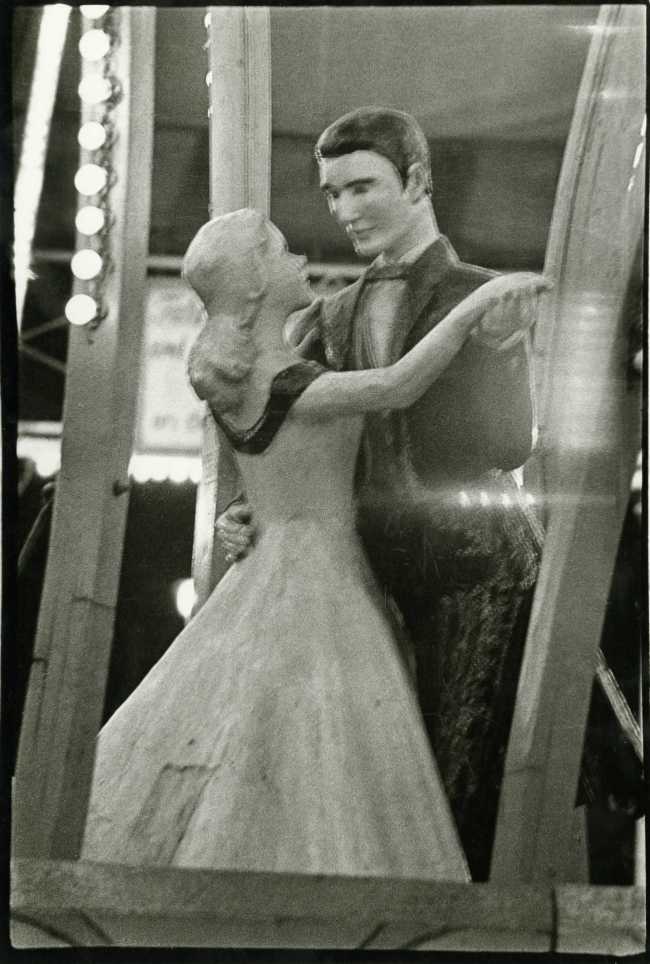
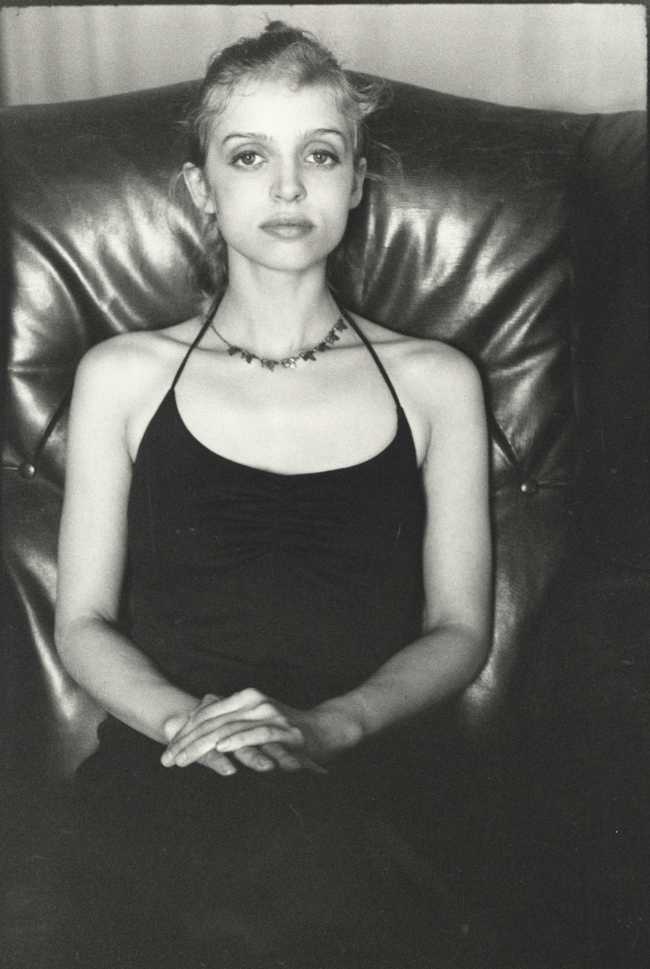
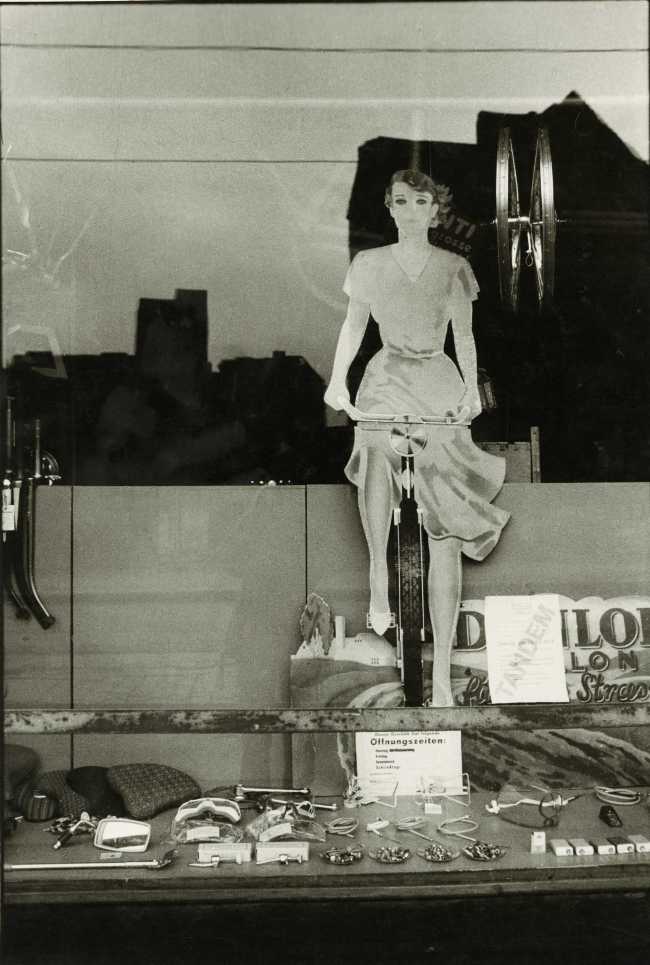
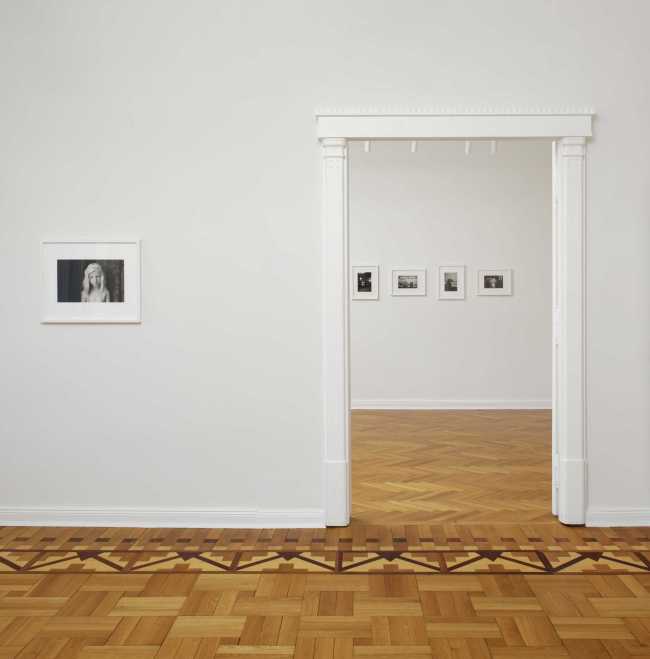

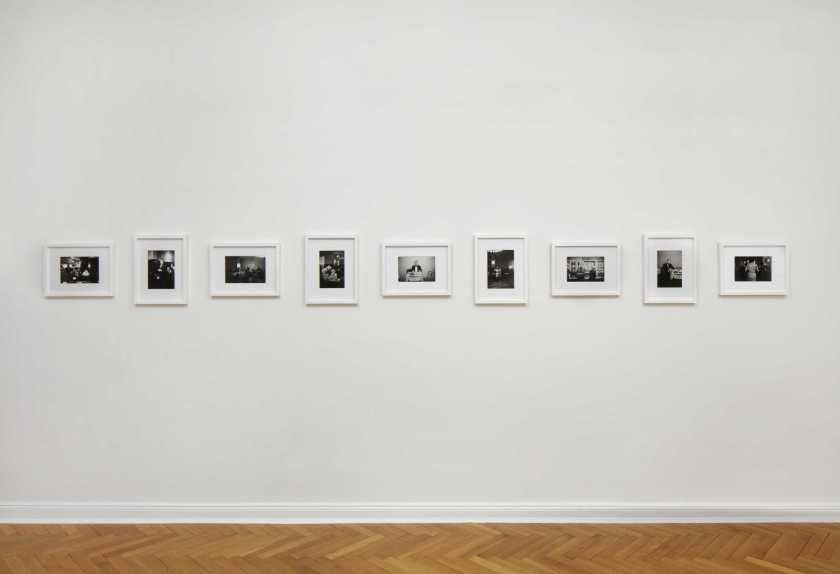
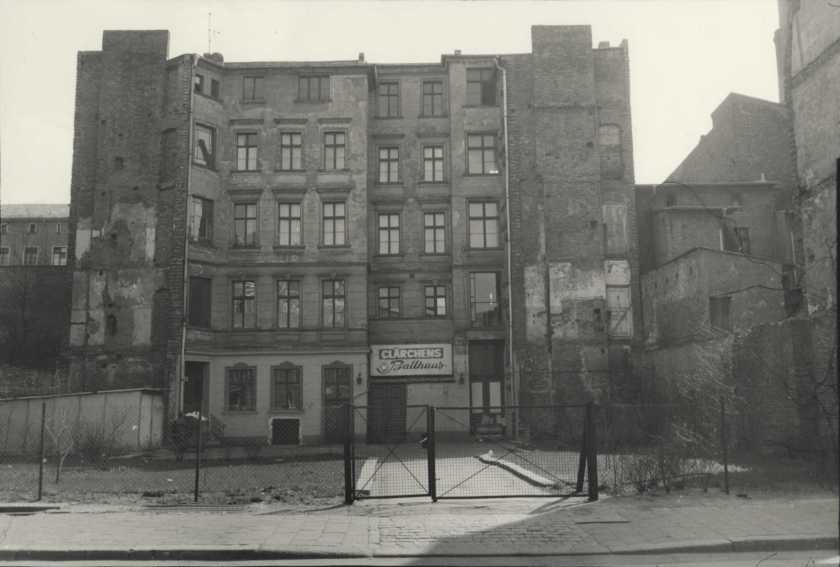
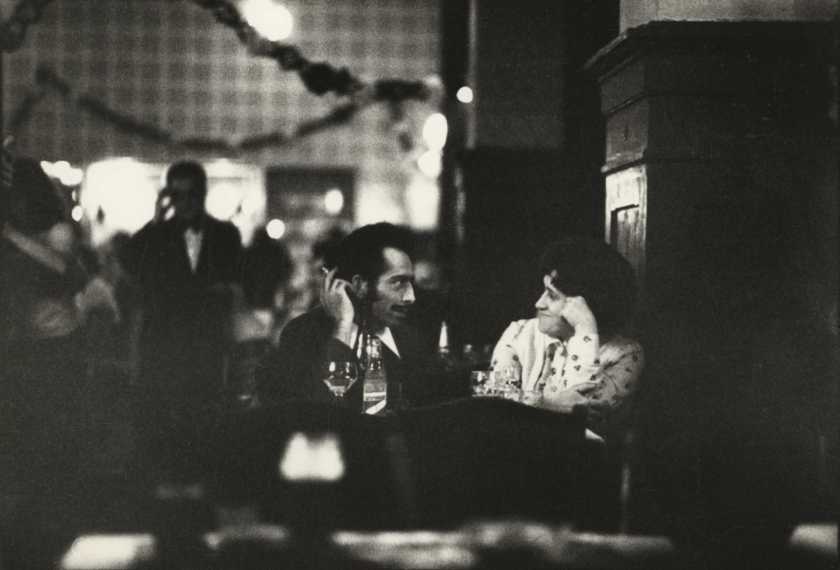



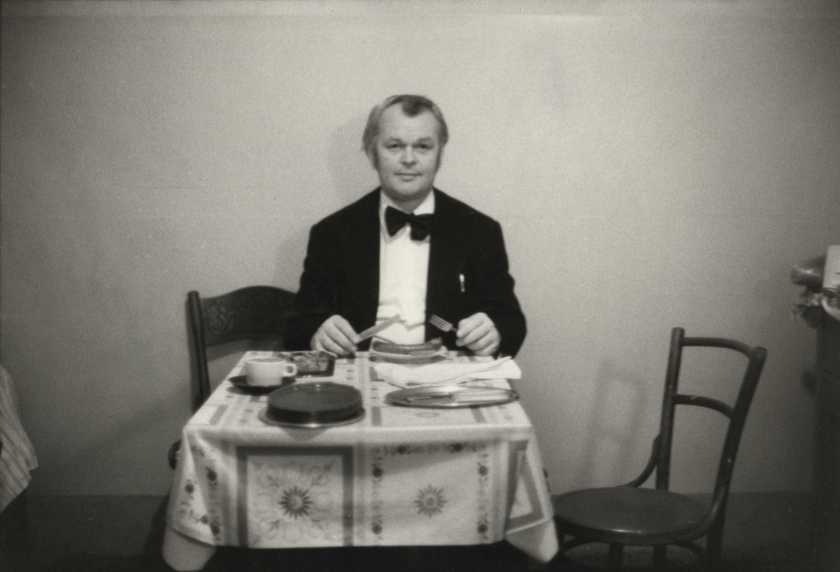
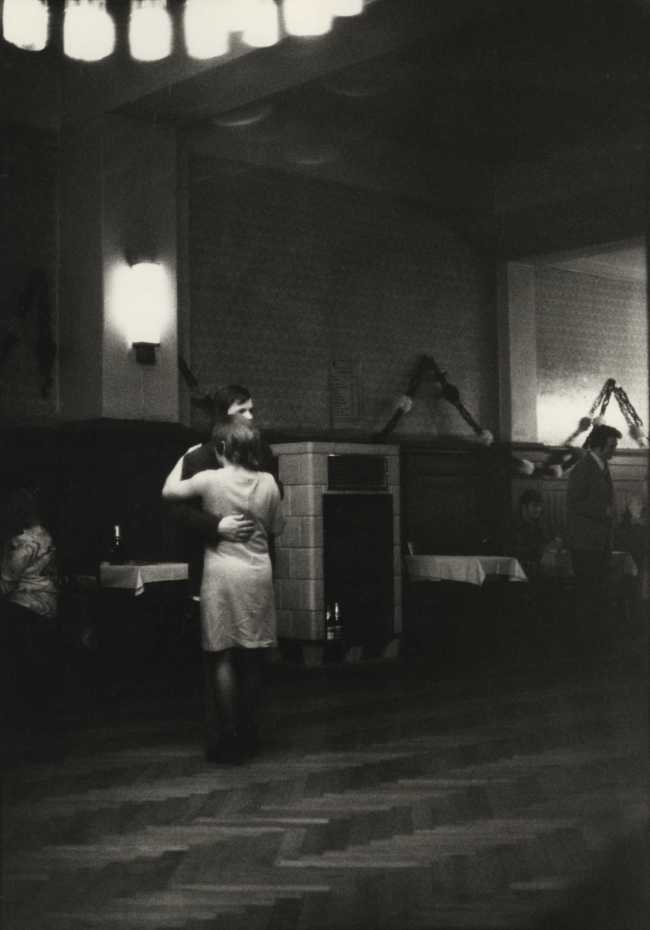

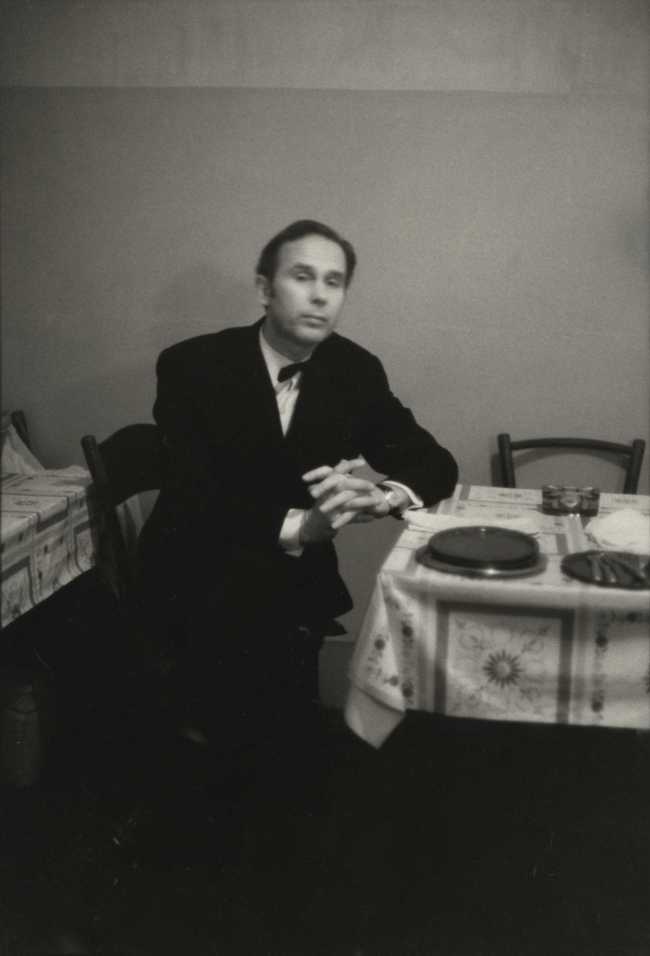
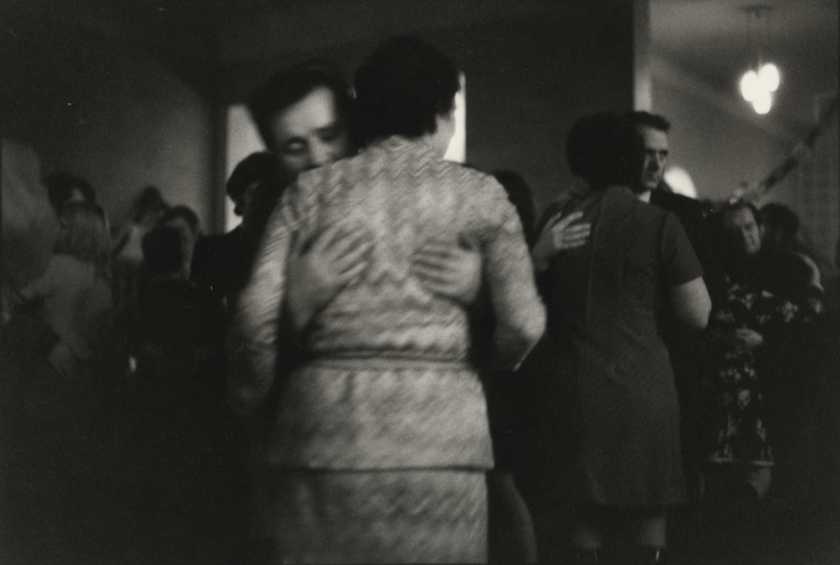



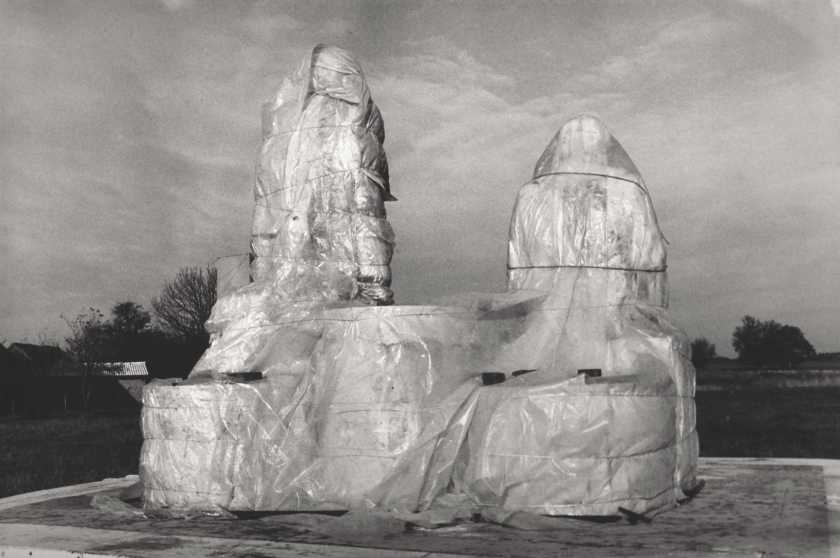
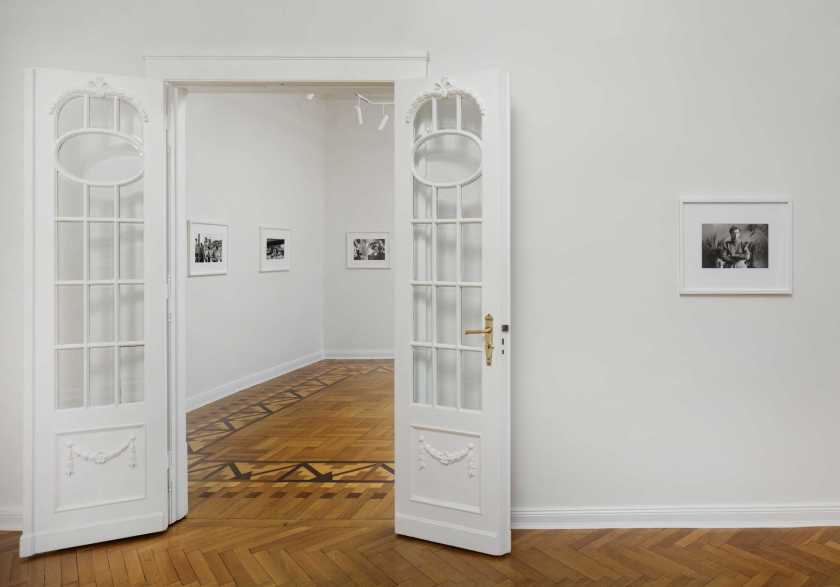
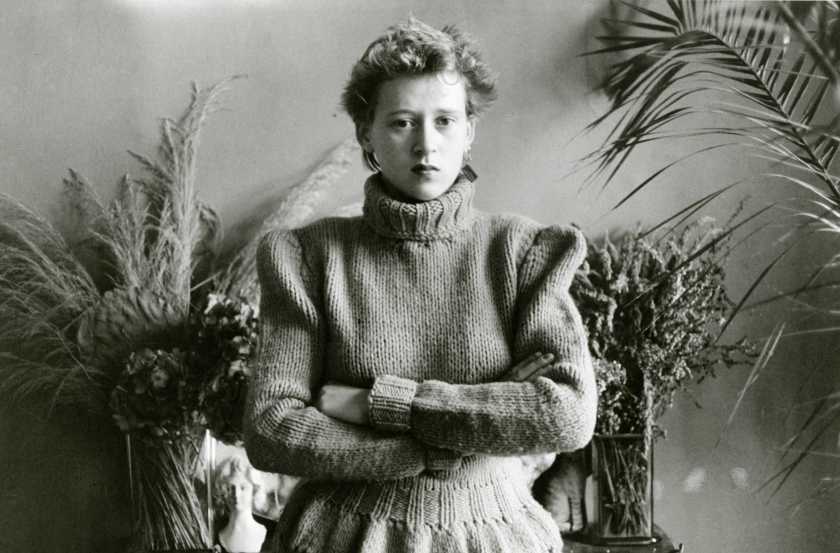
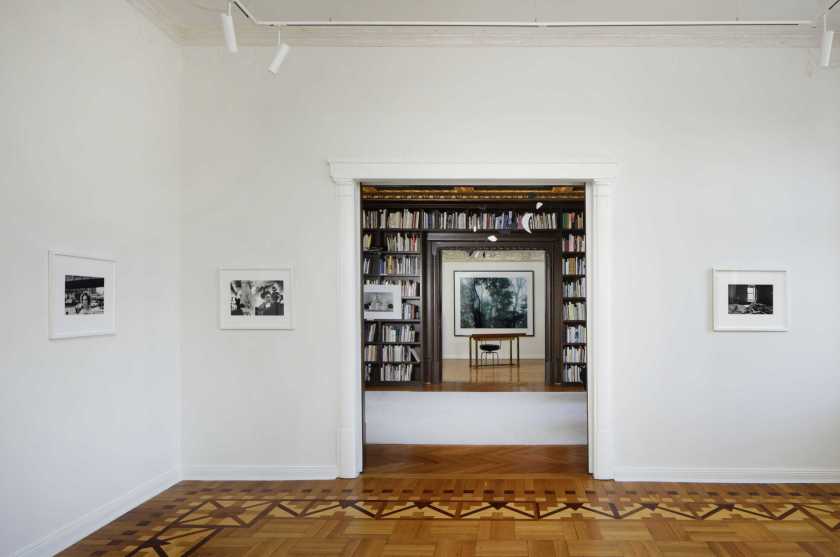

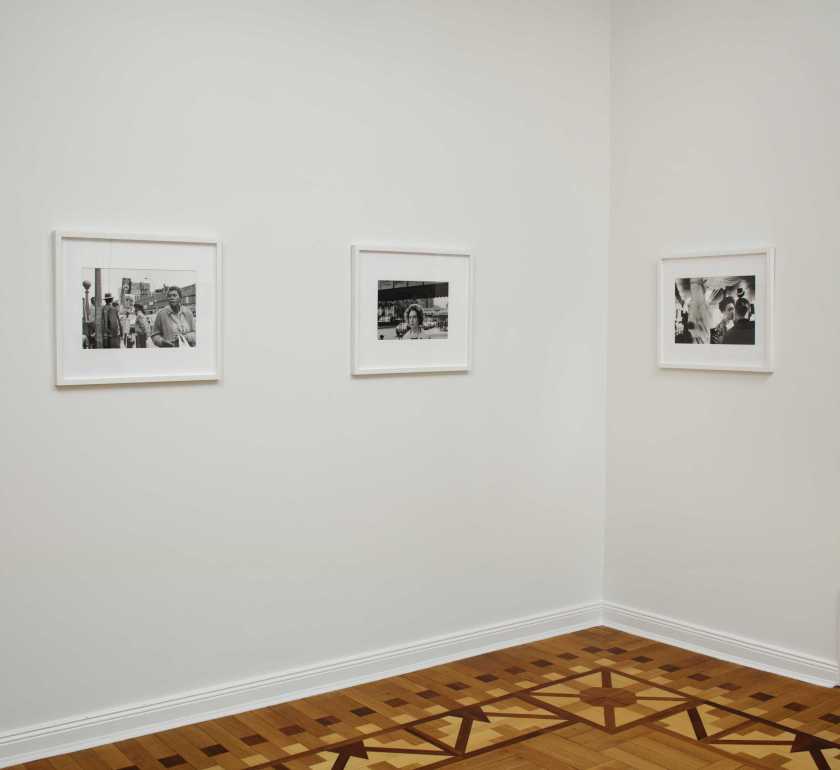
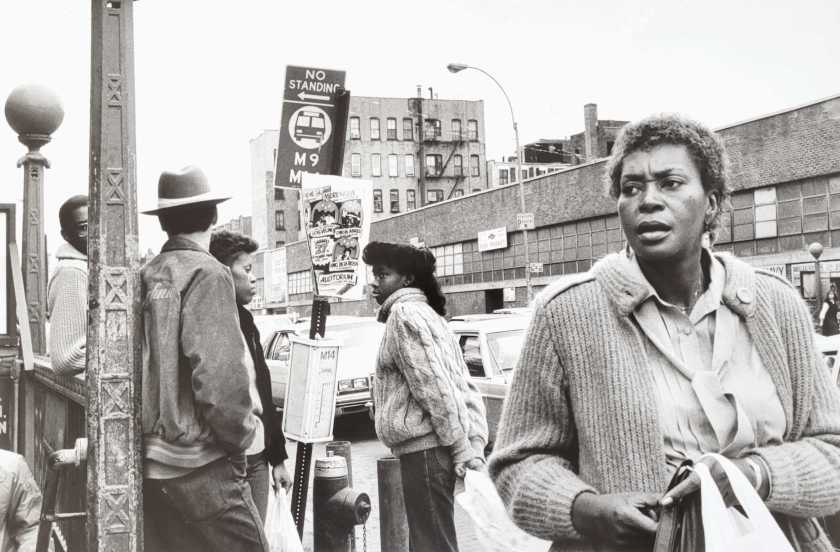
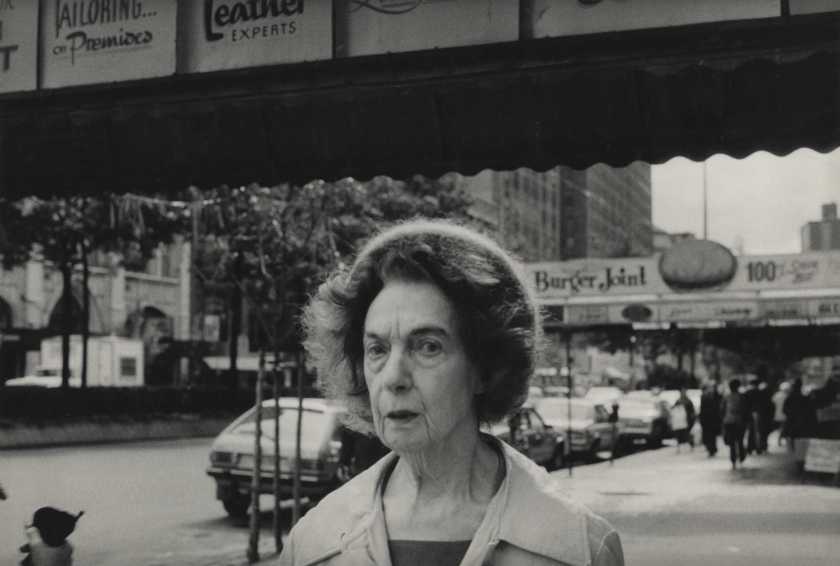
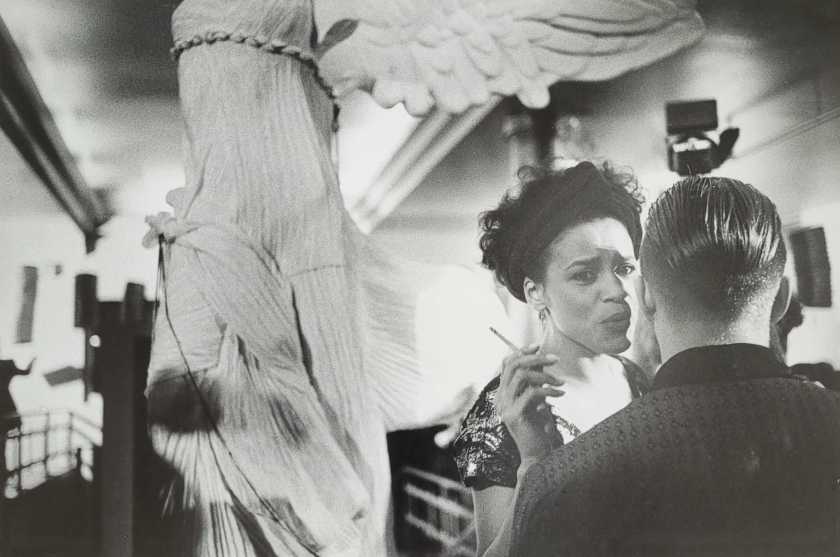

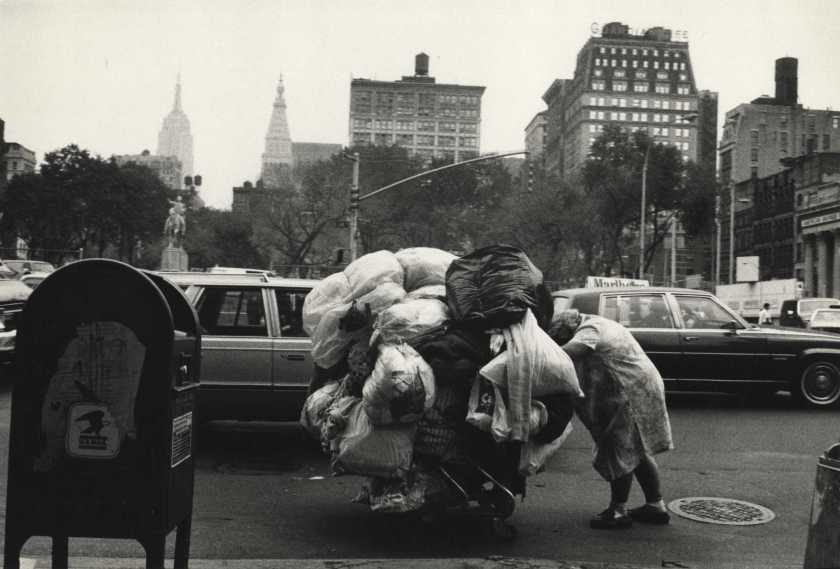



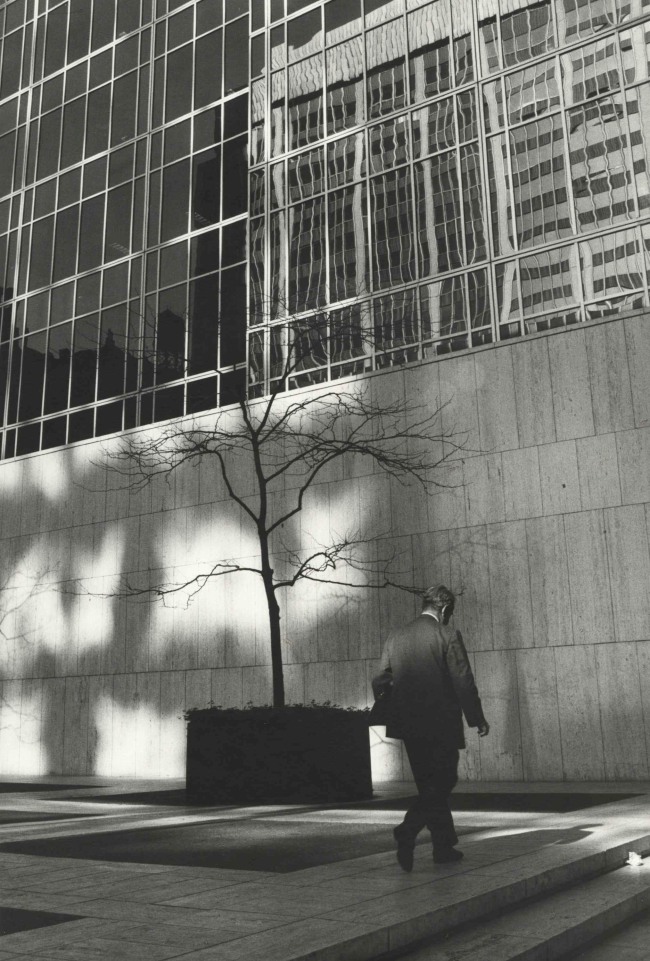


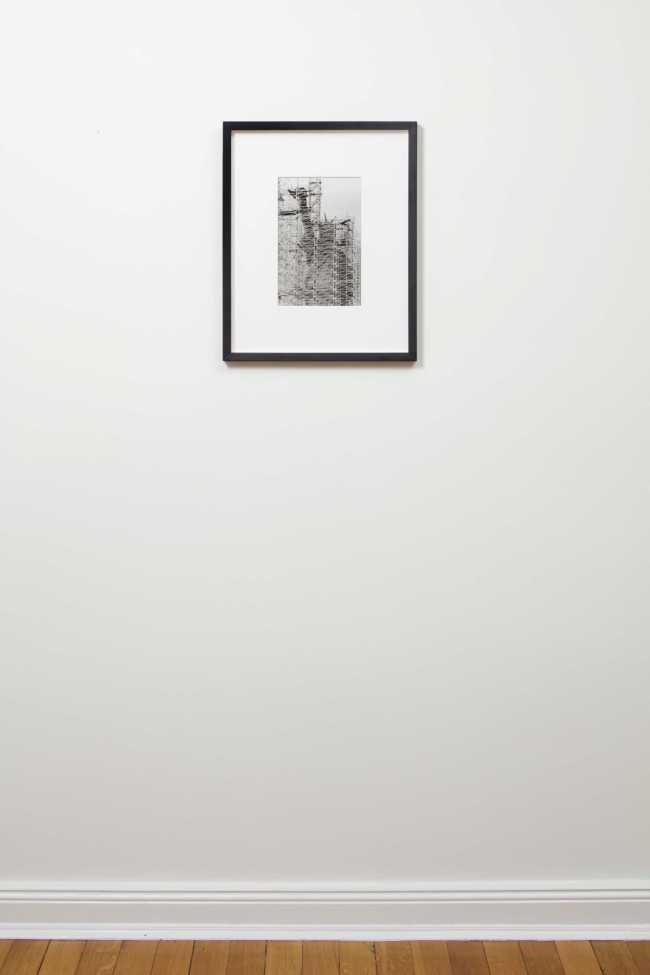

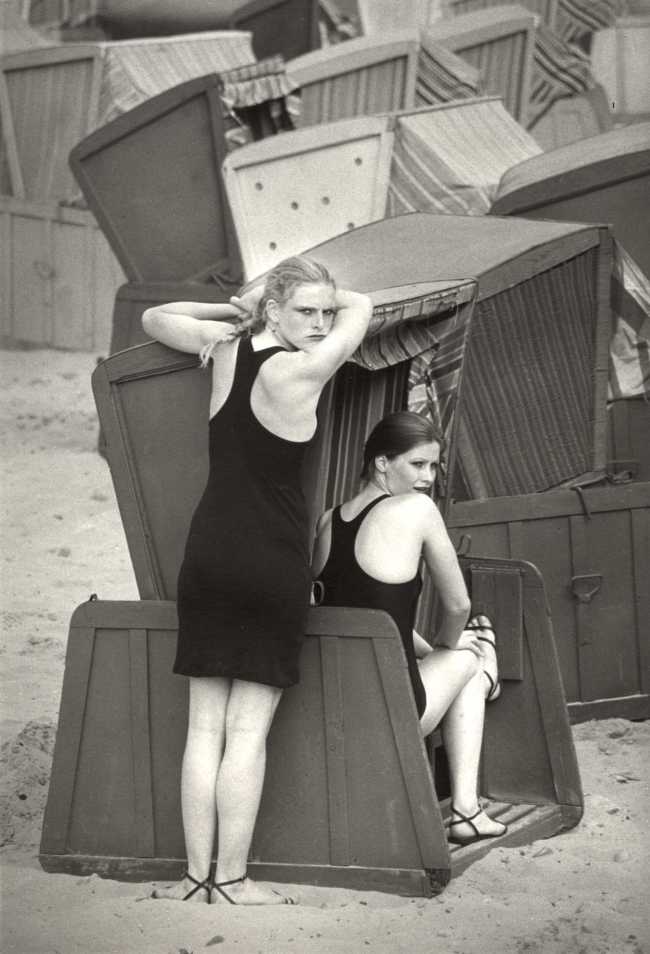
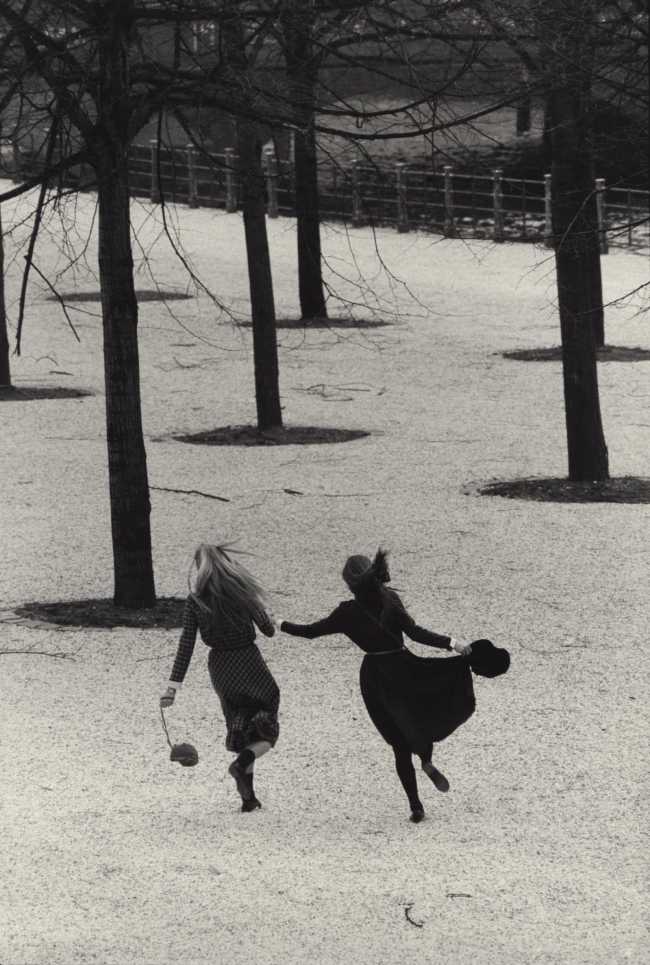

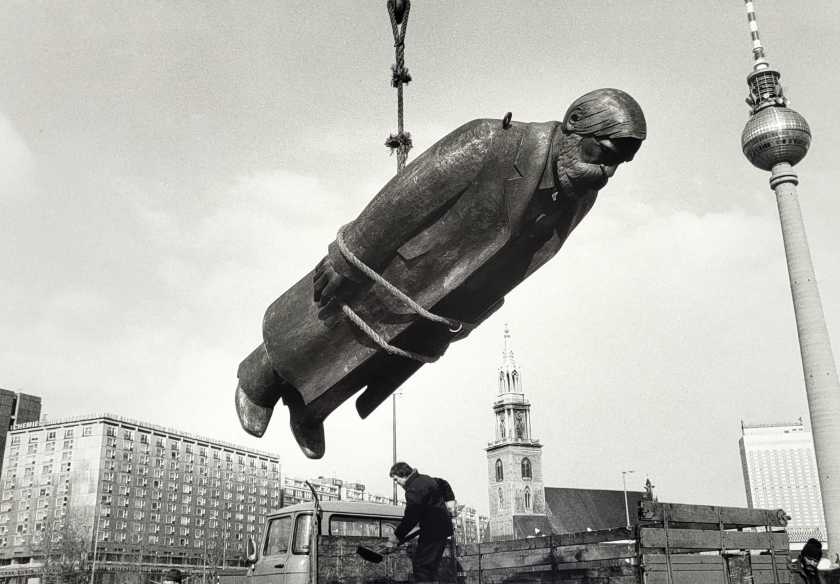
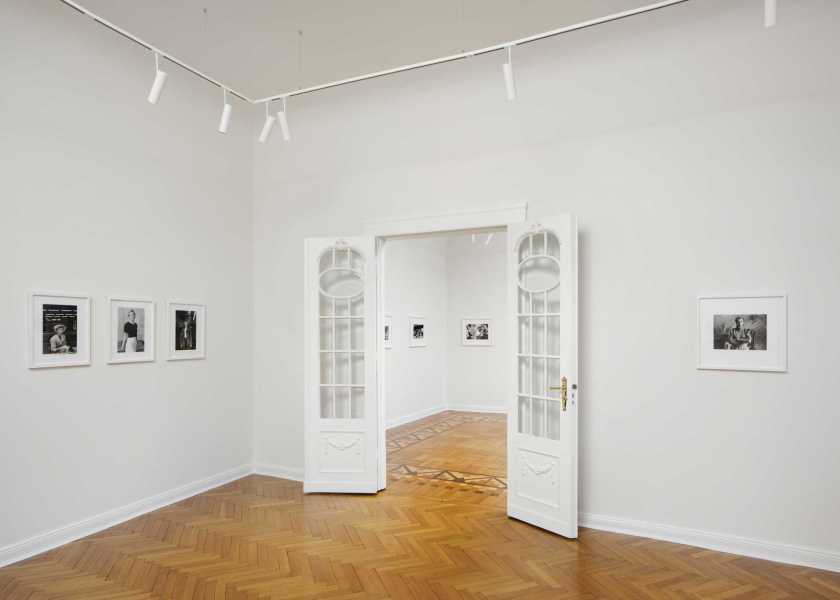
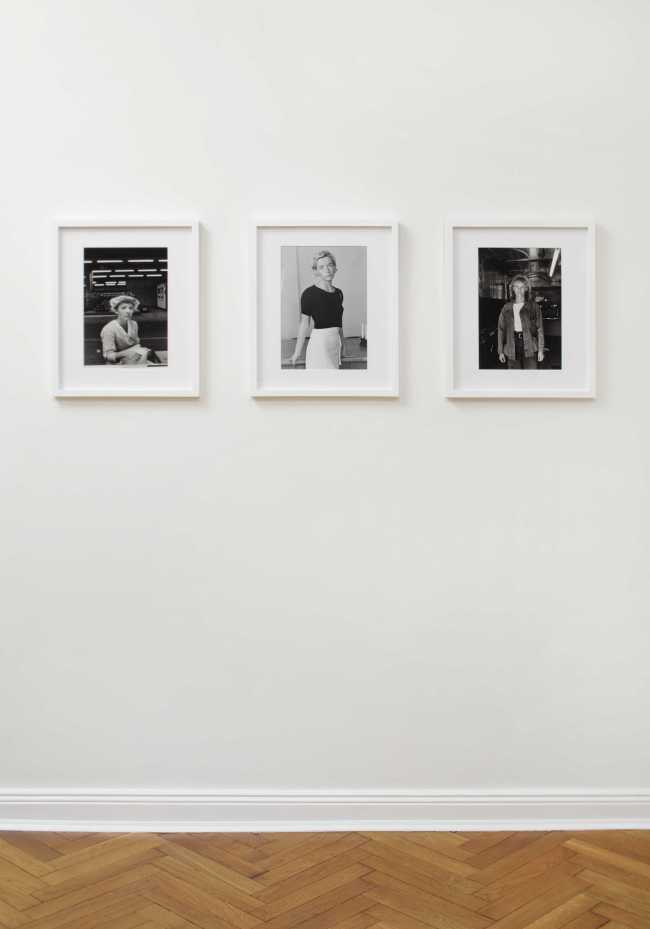
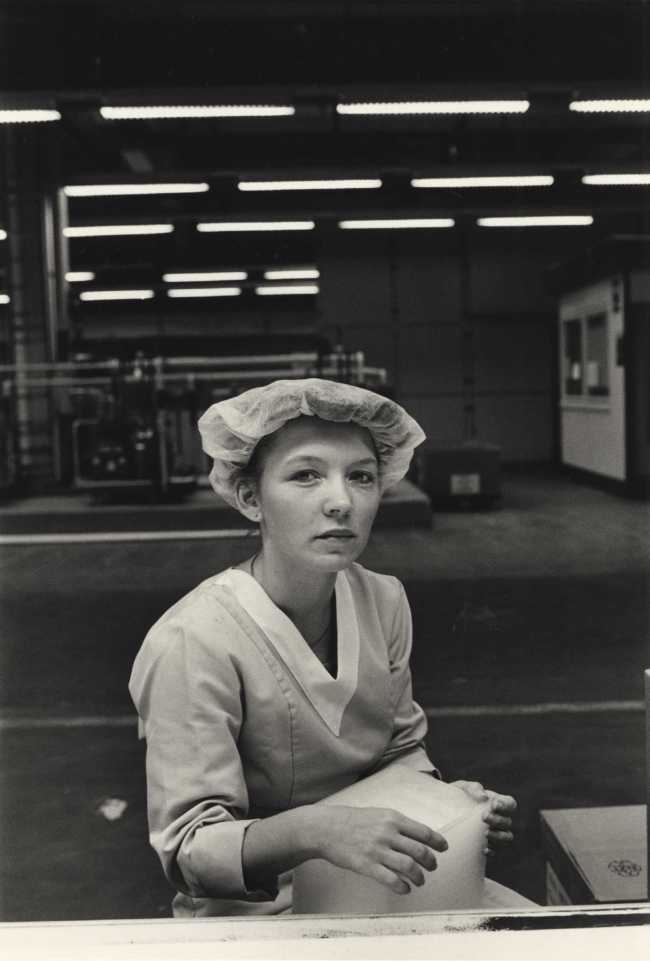

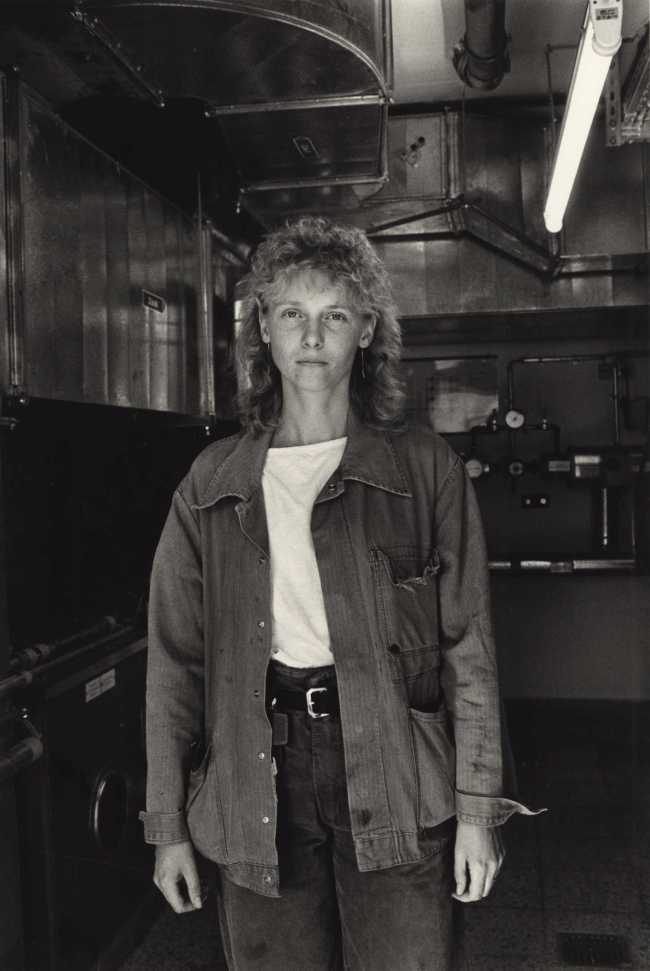

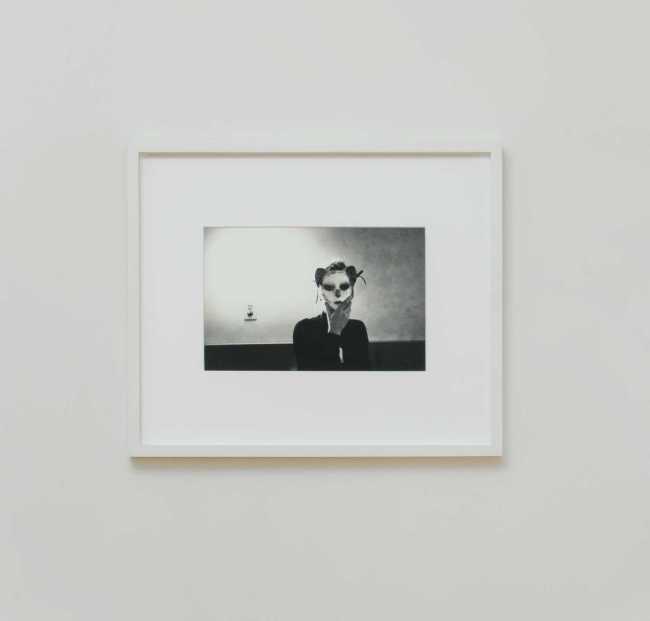
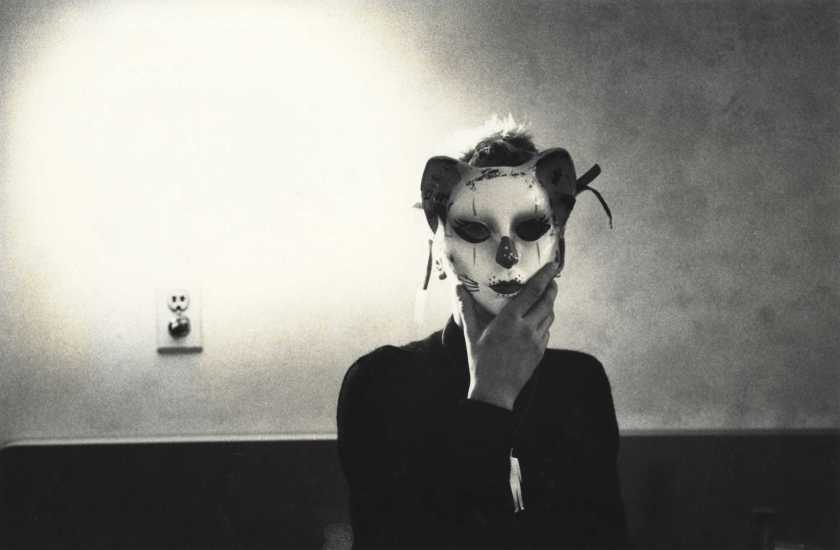
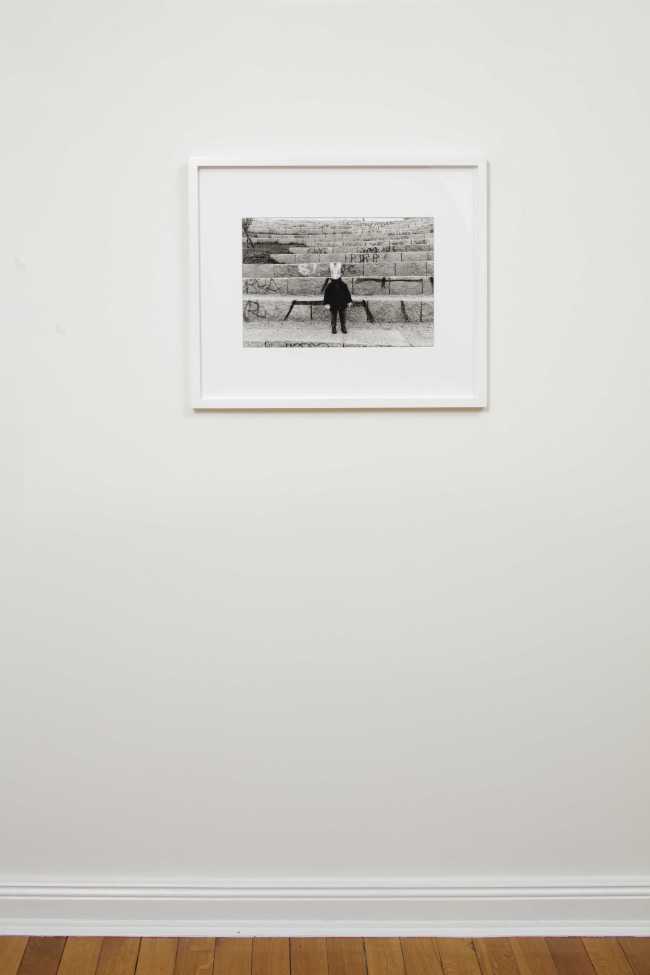
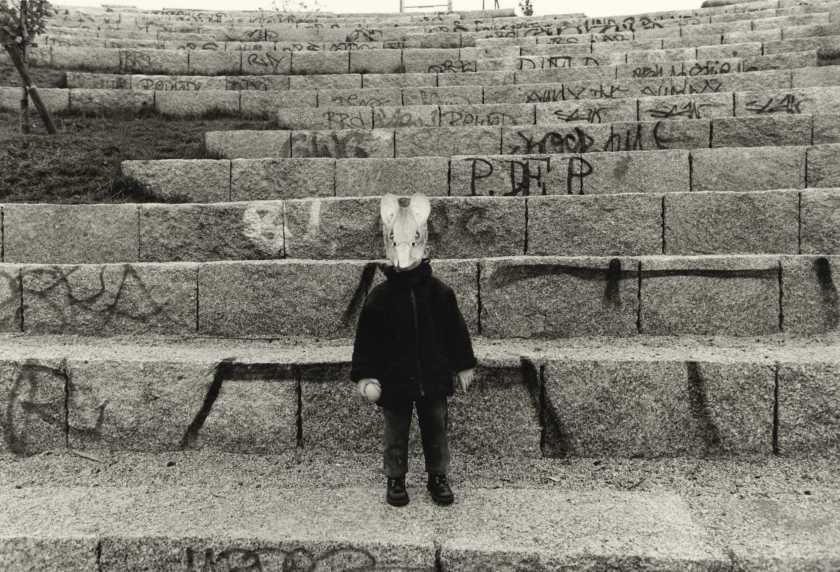


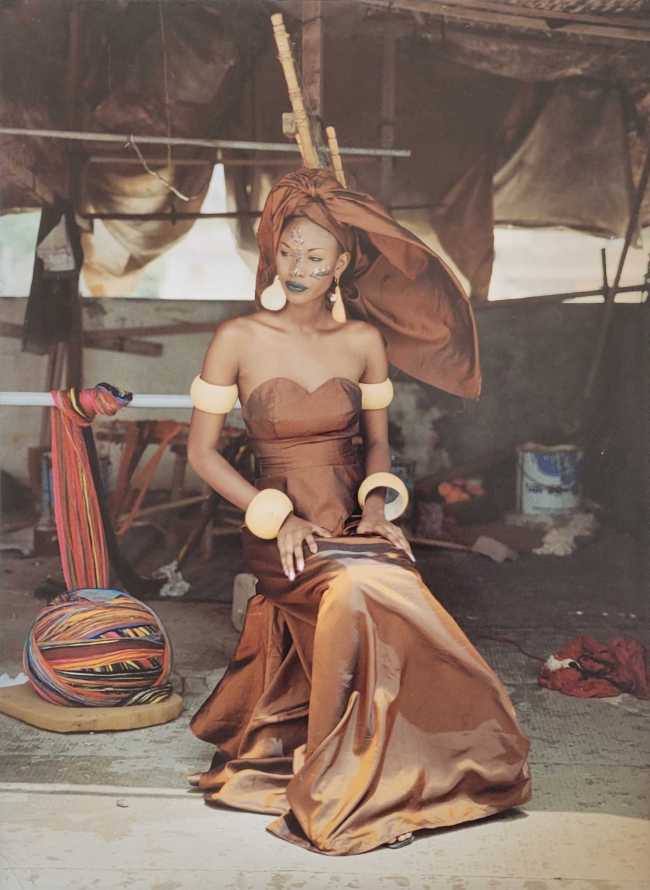
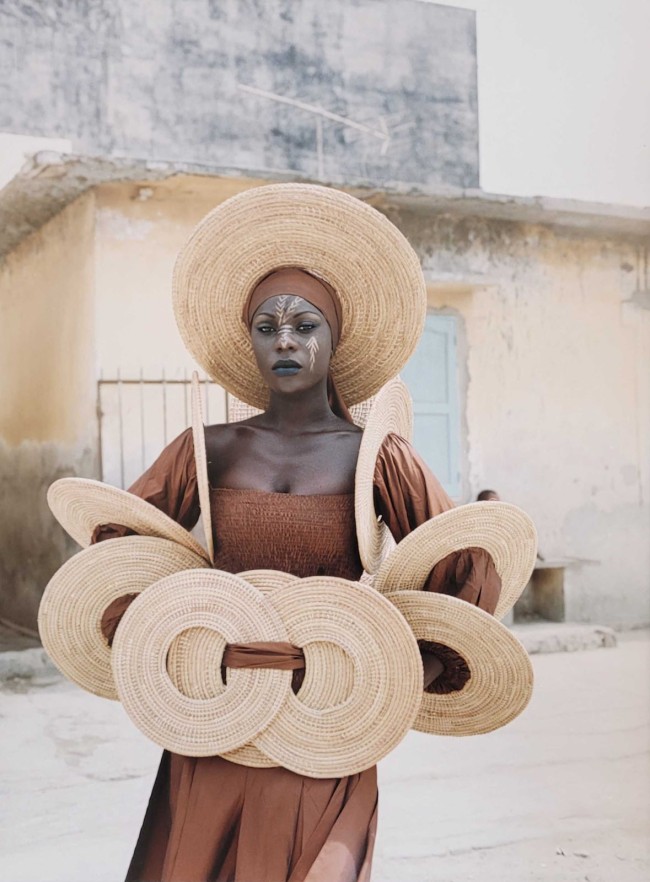
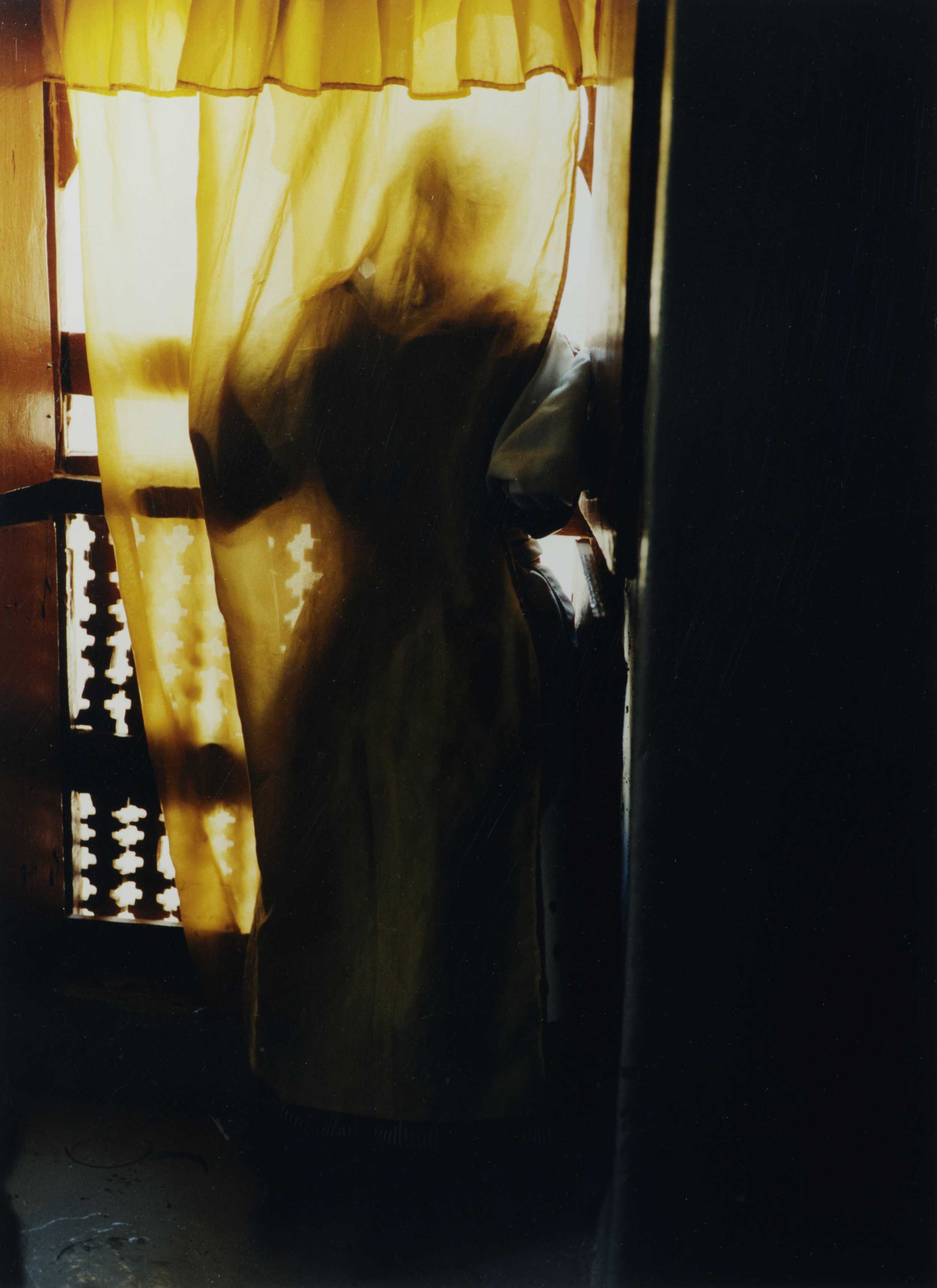
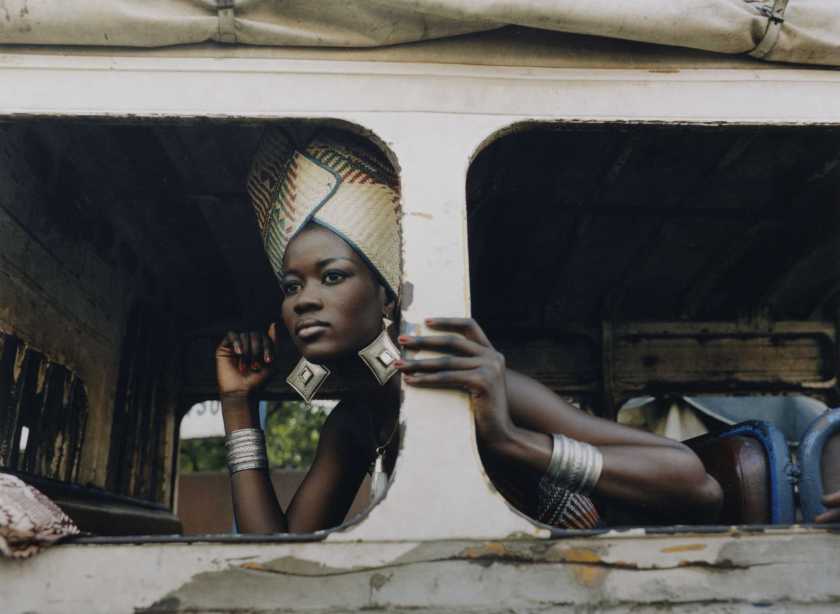

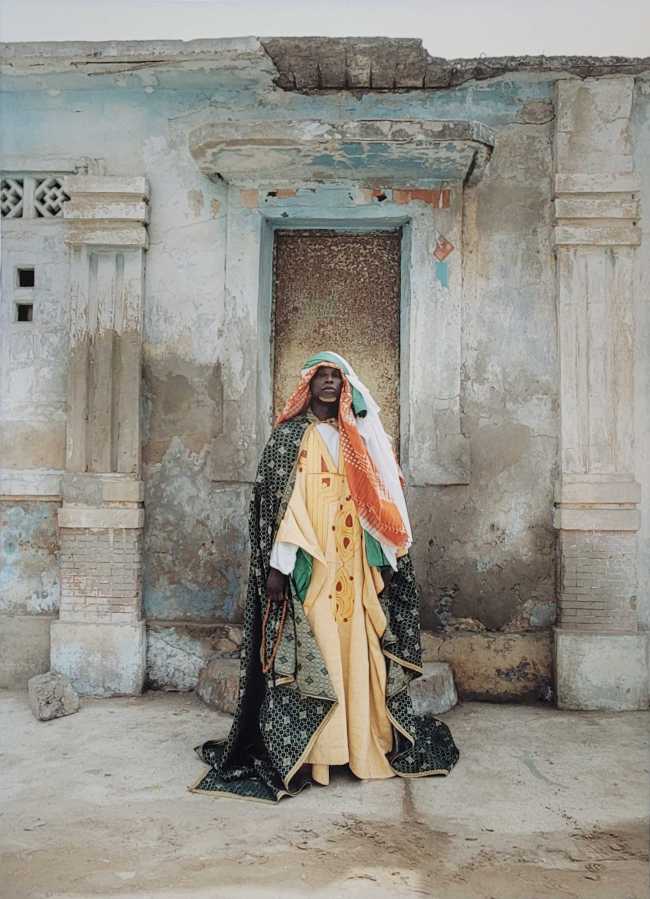
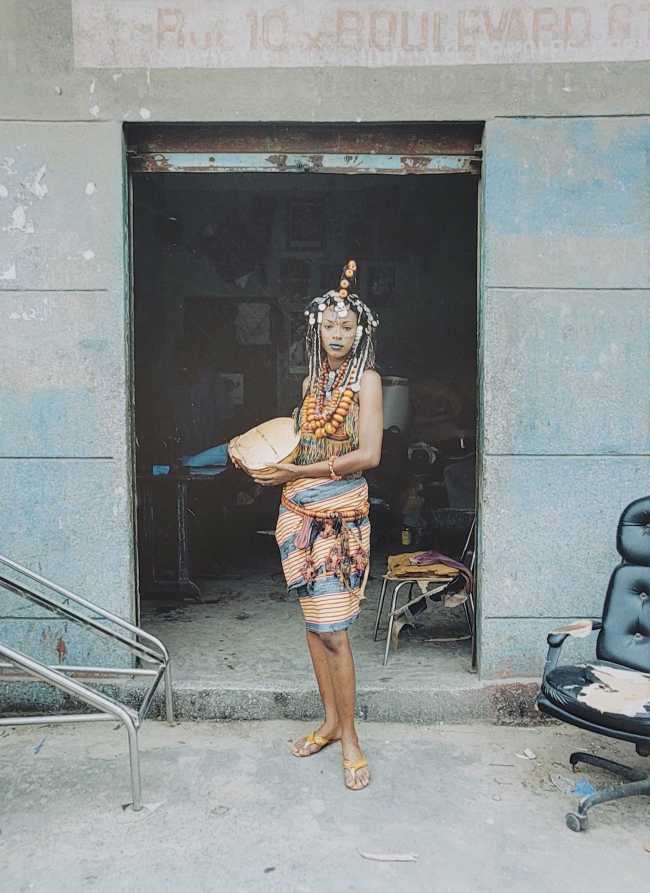






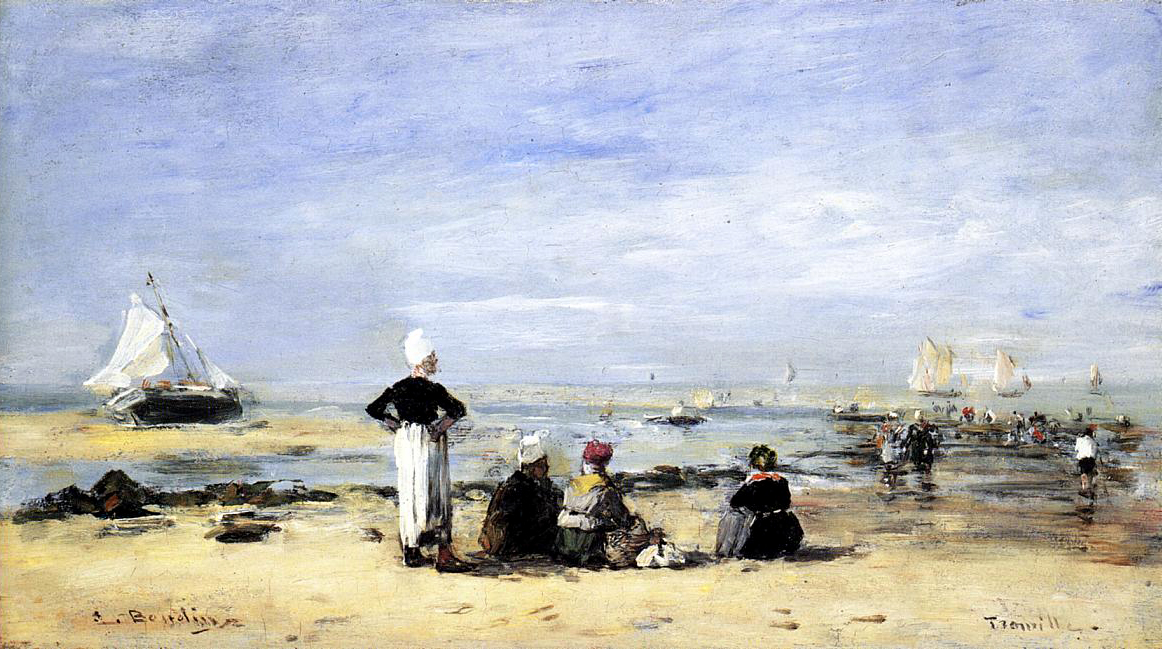




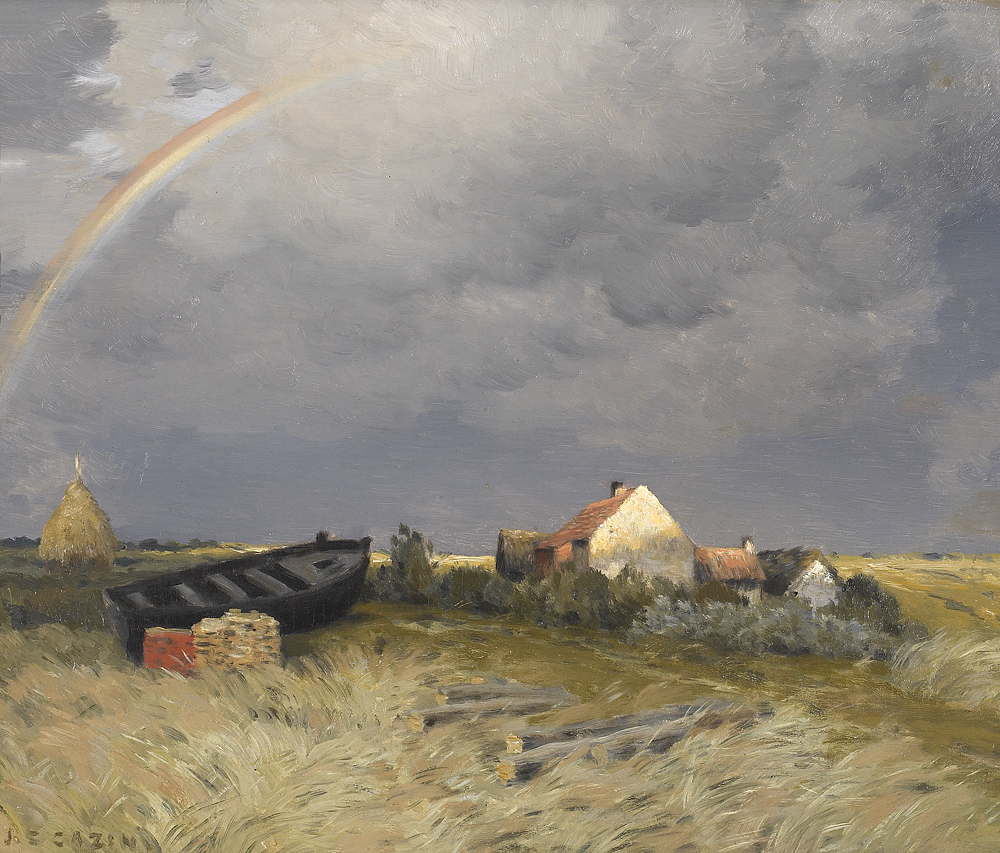













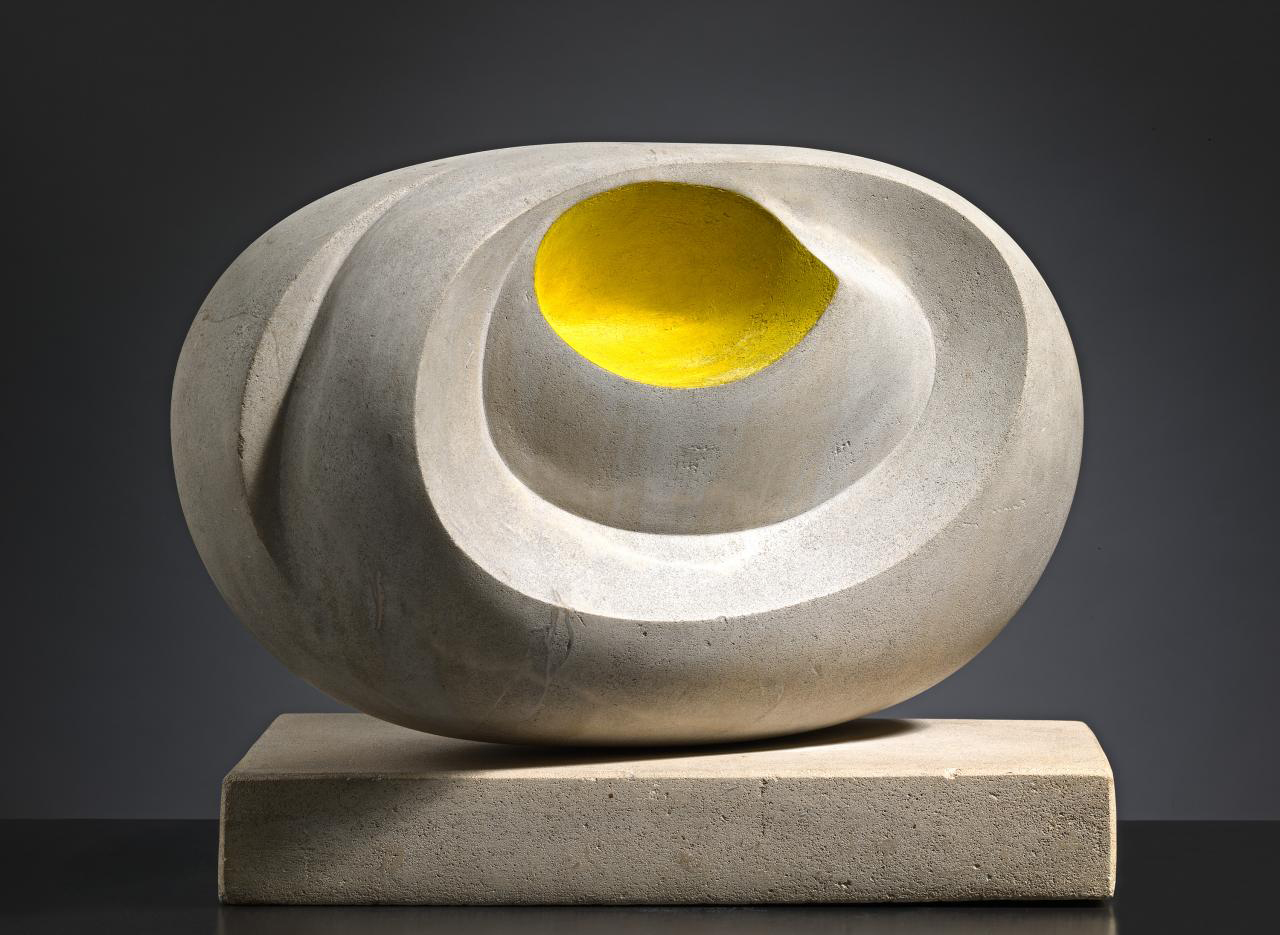
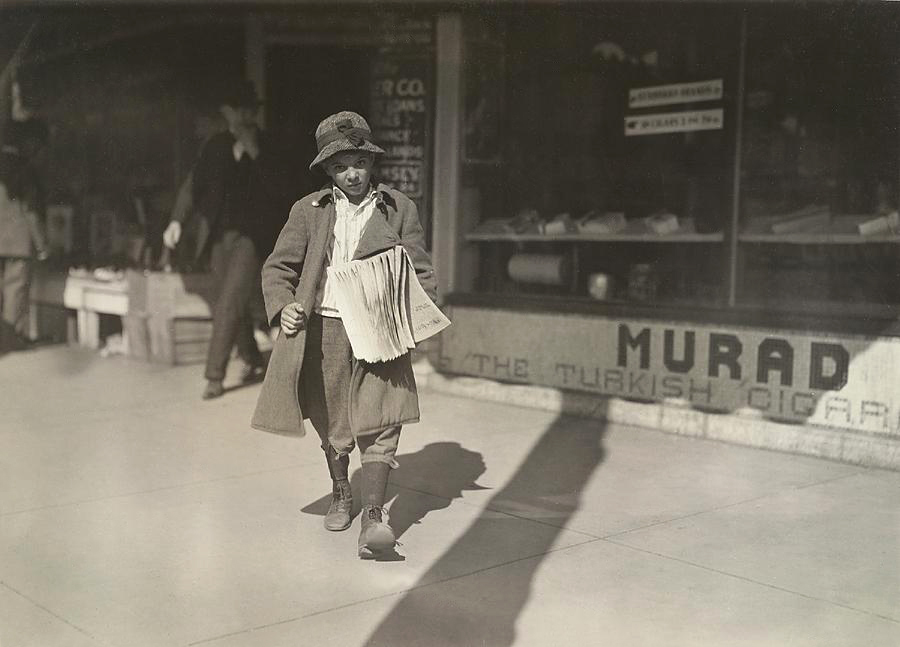
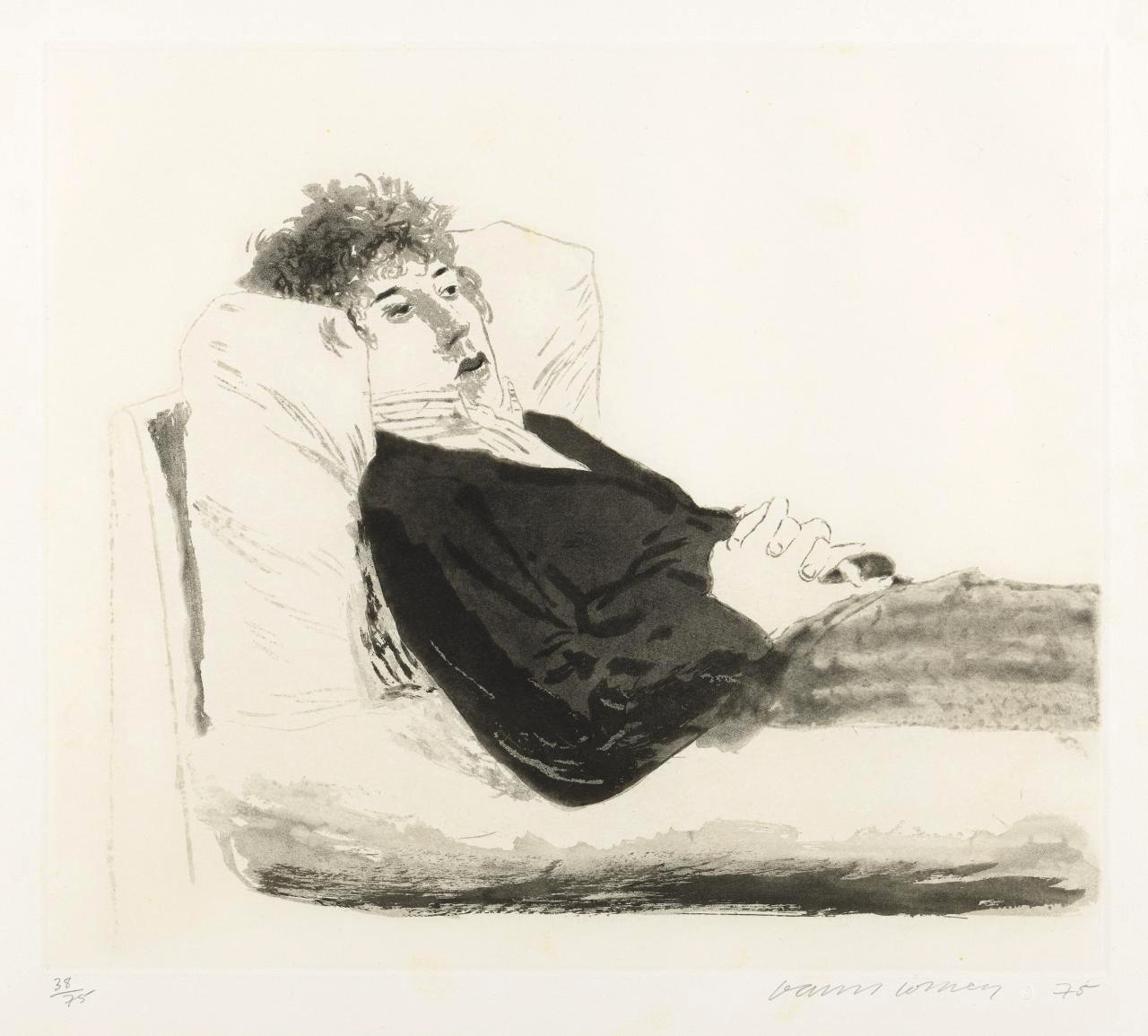

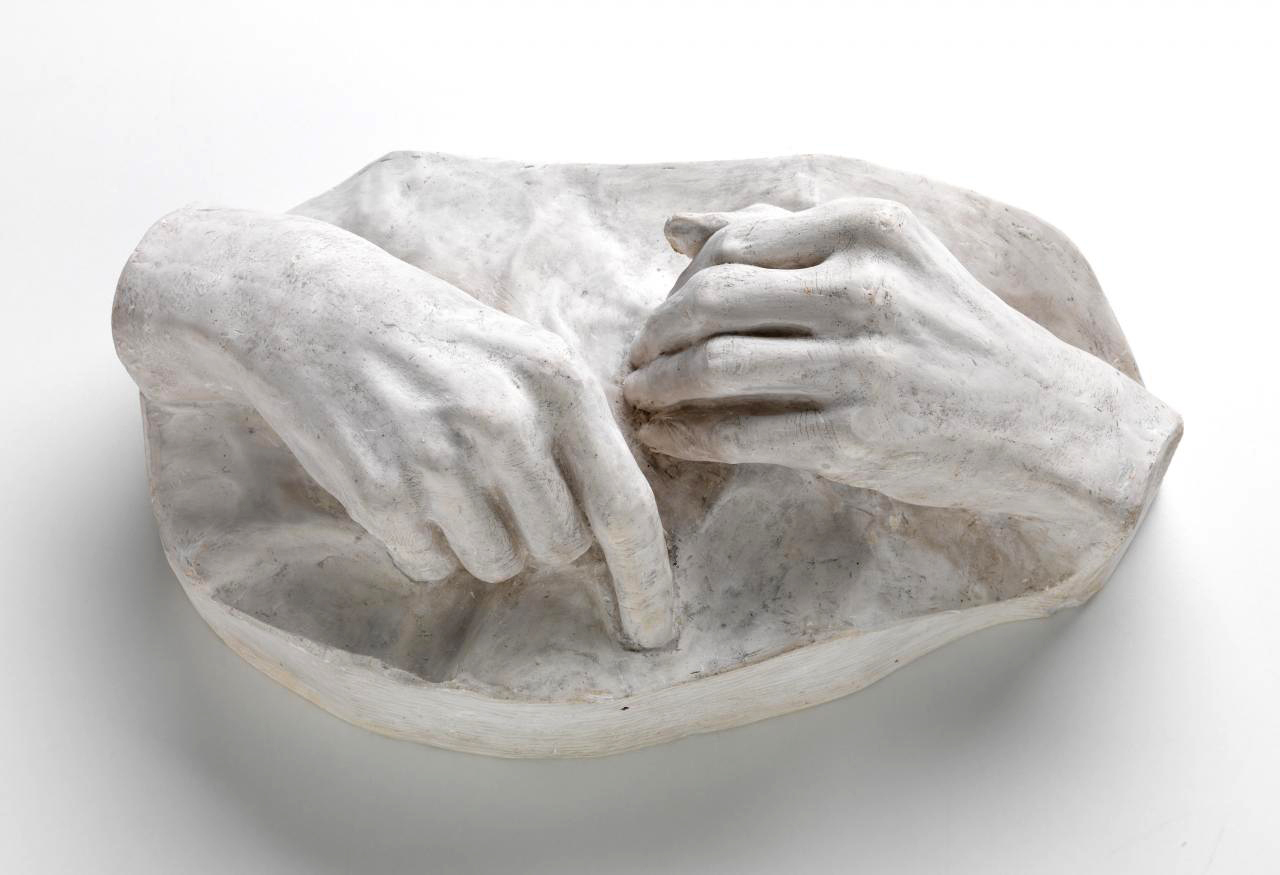




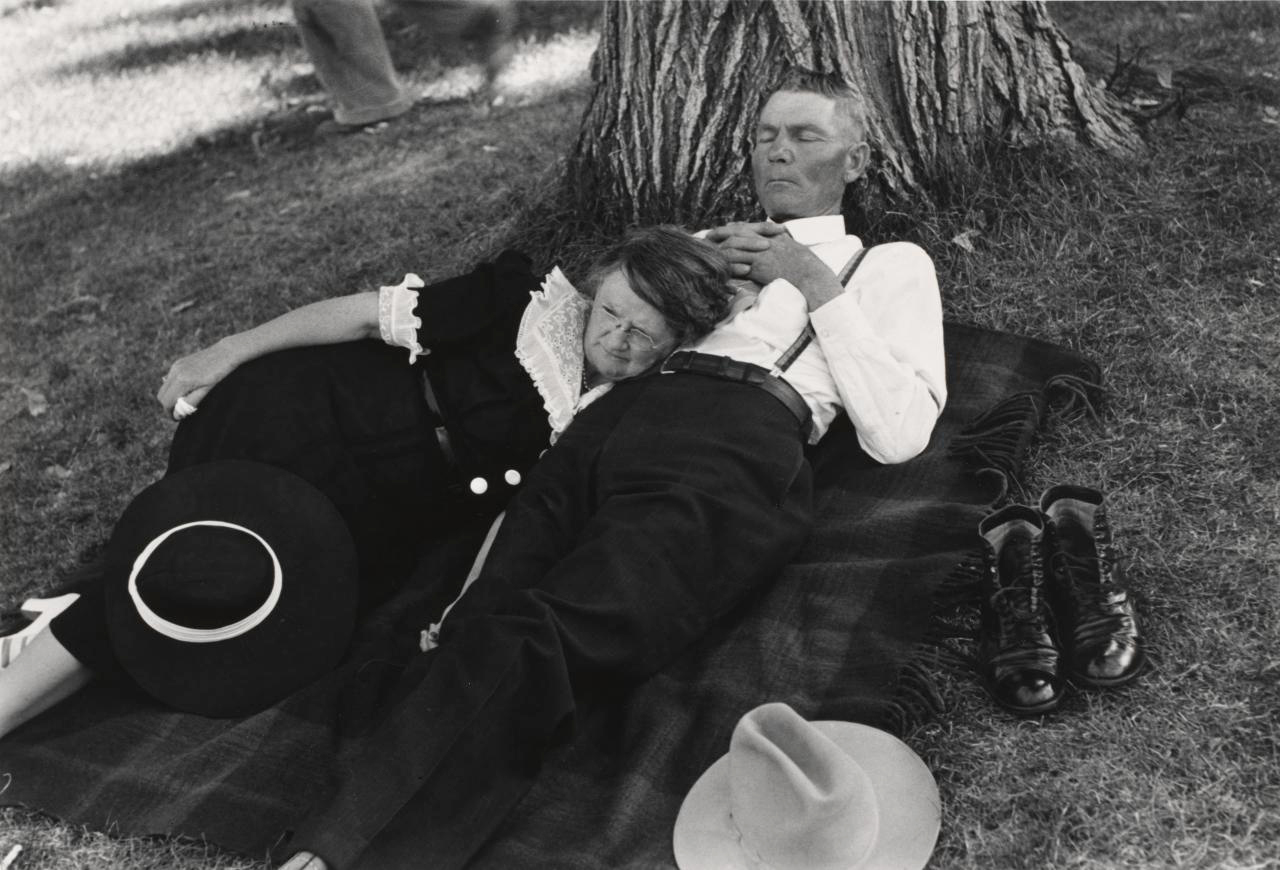


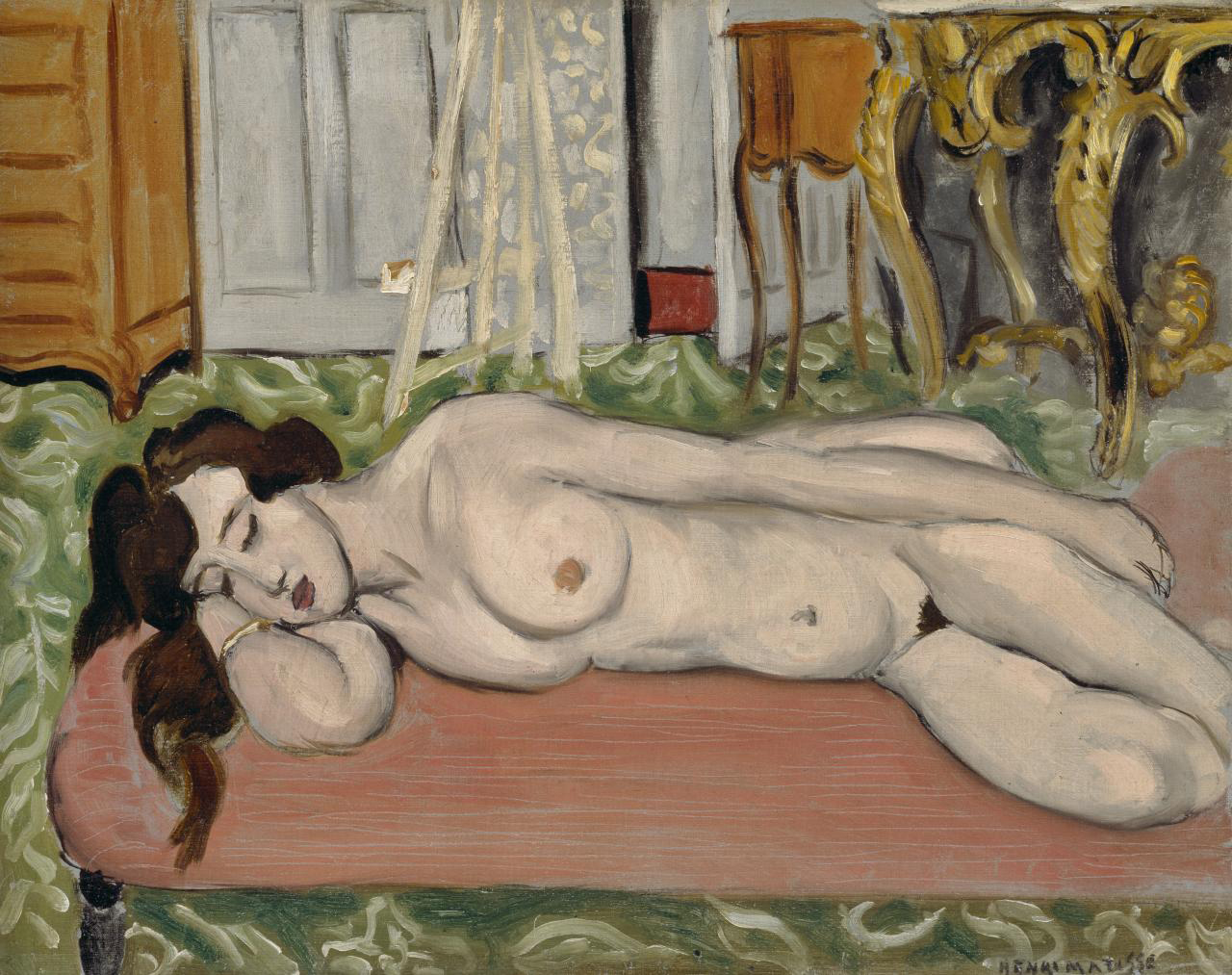



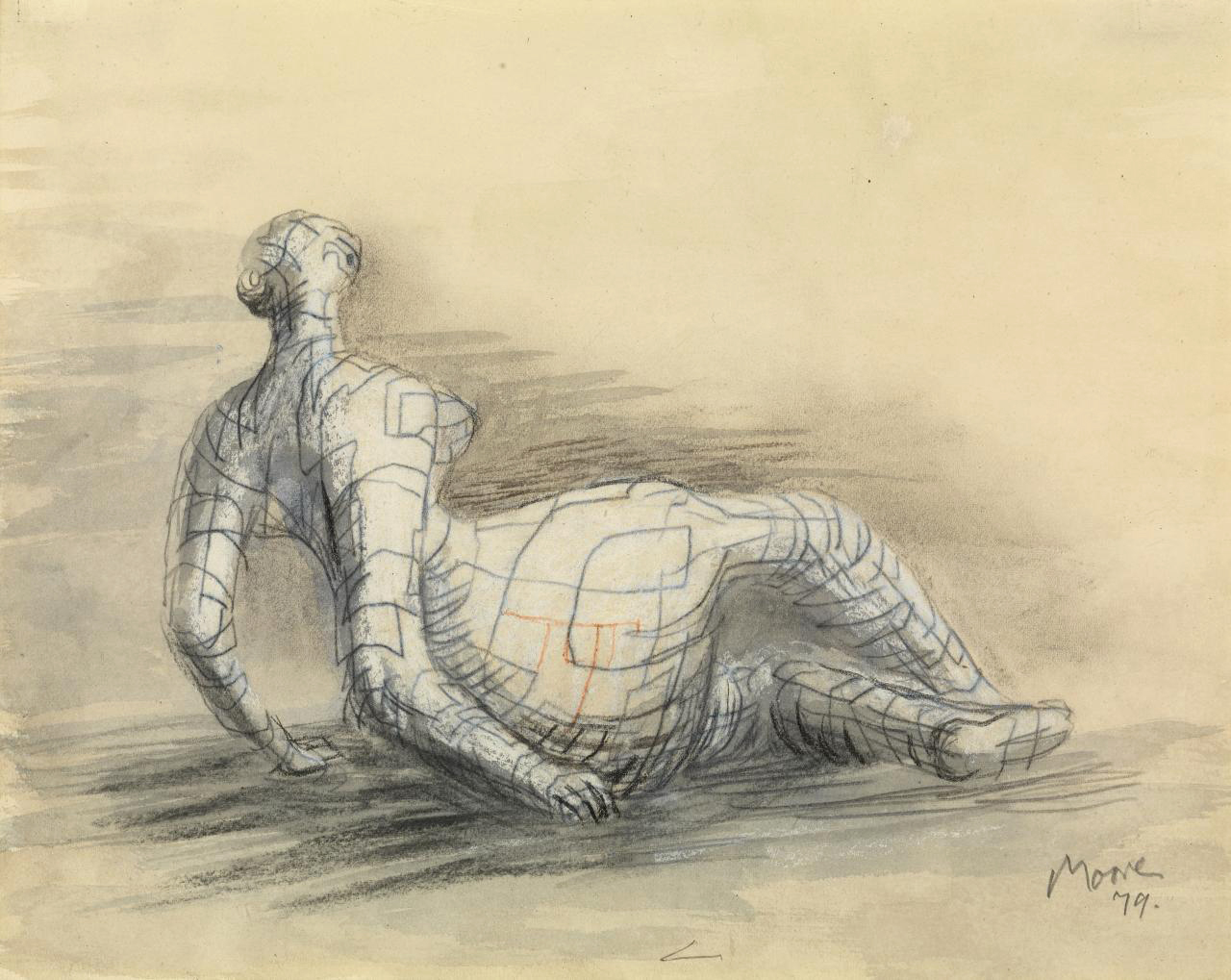

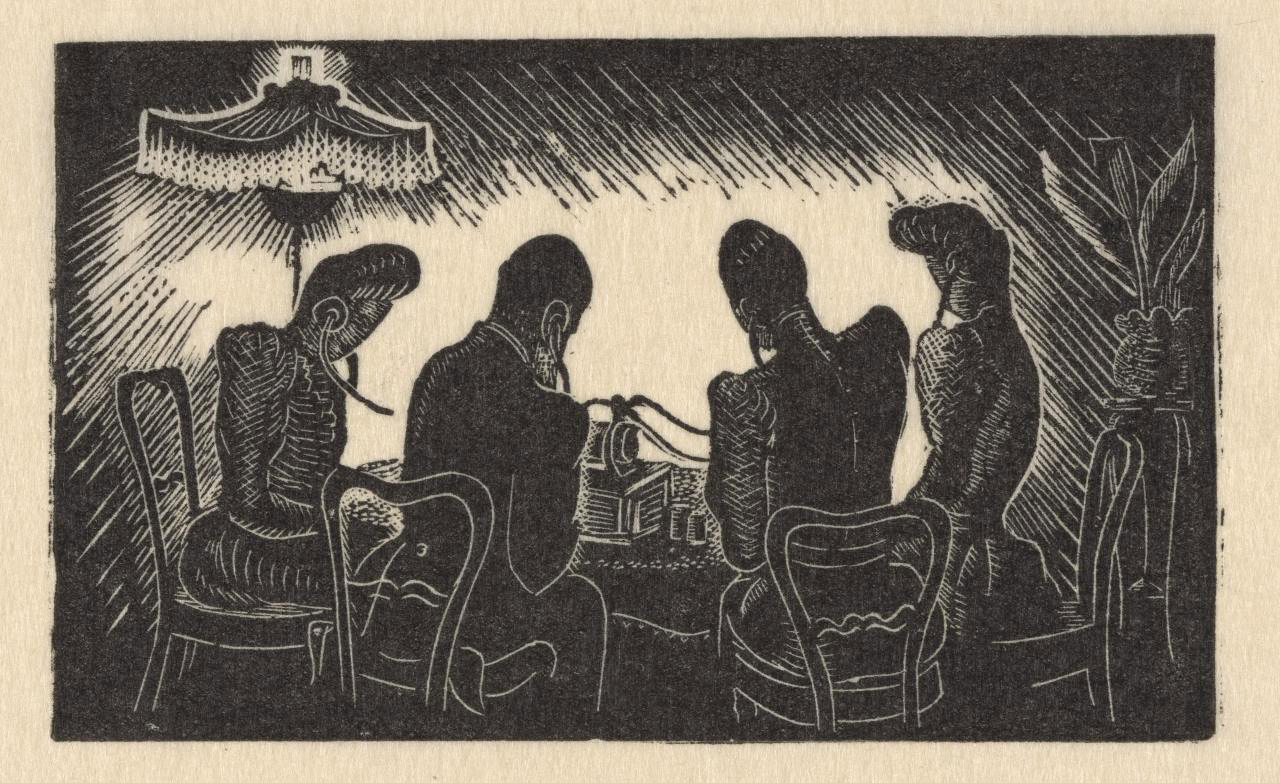
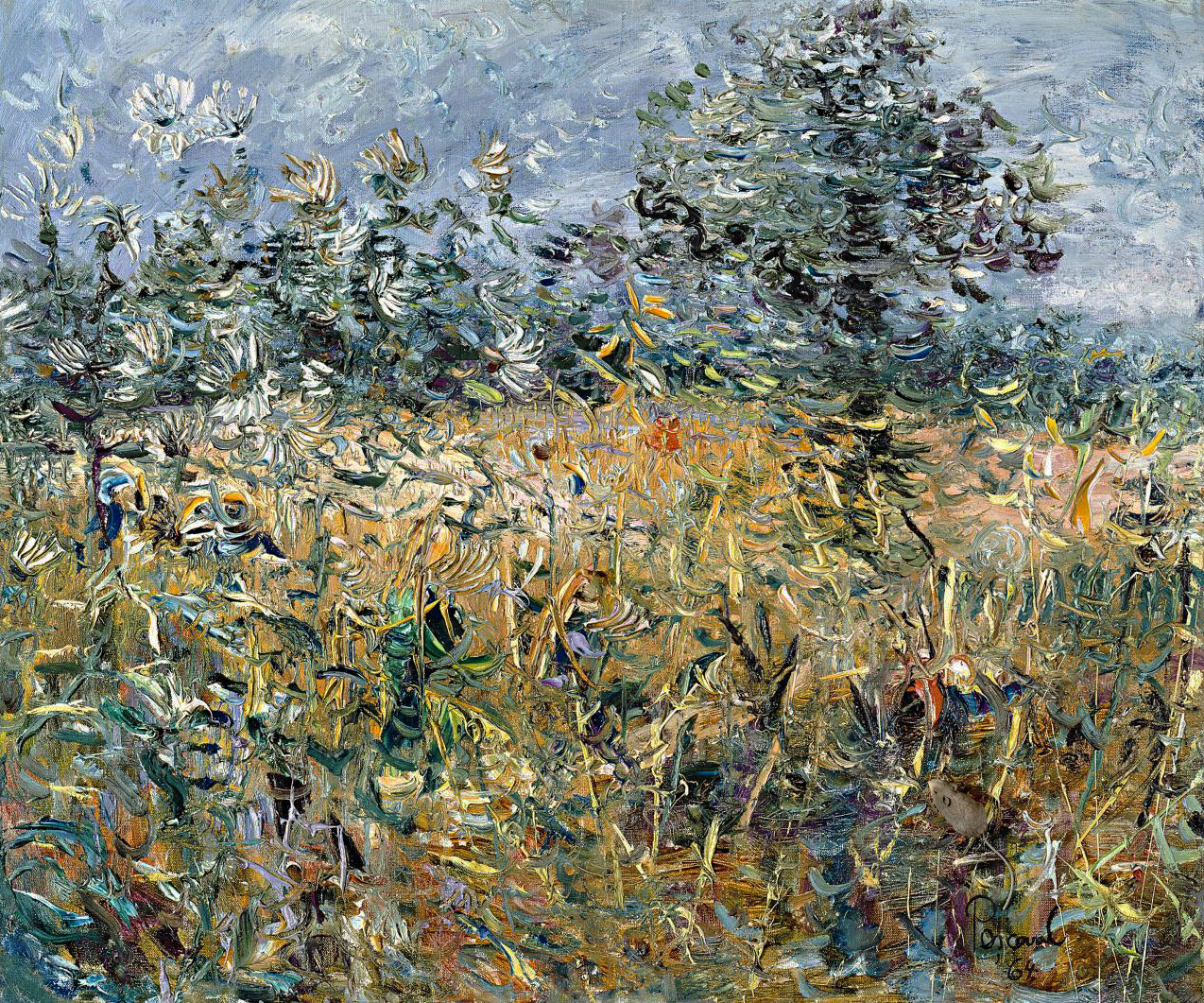



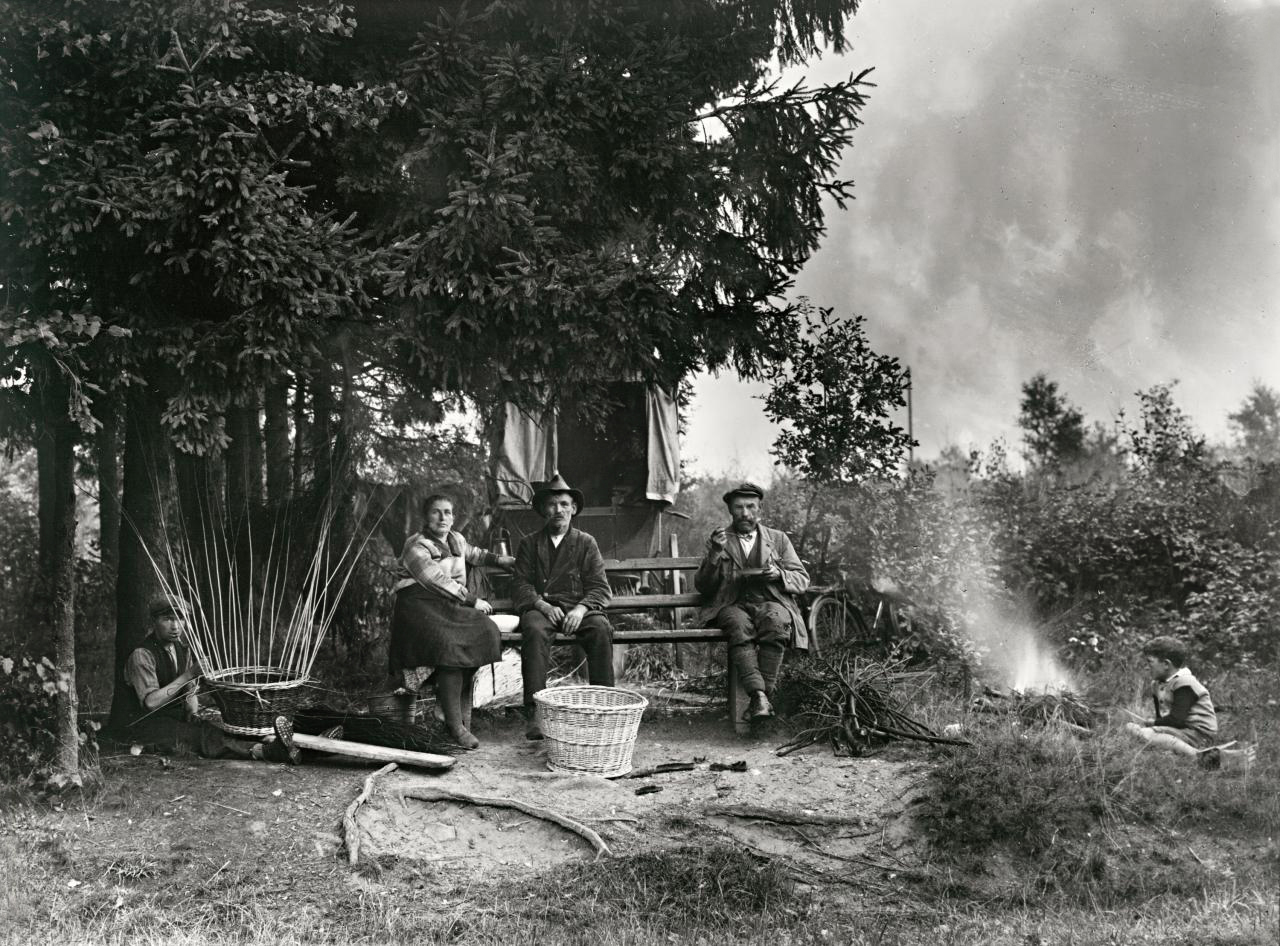







You must be logged in to post a comment.